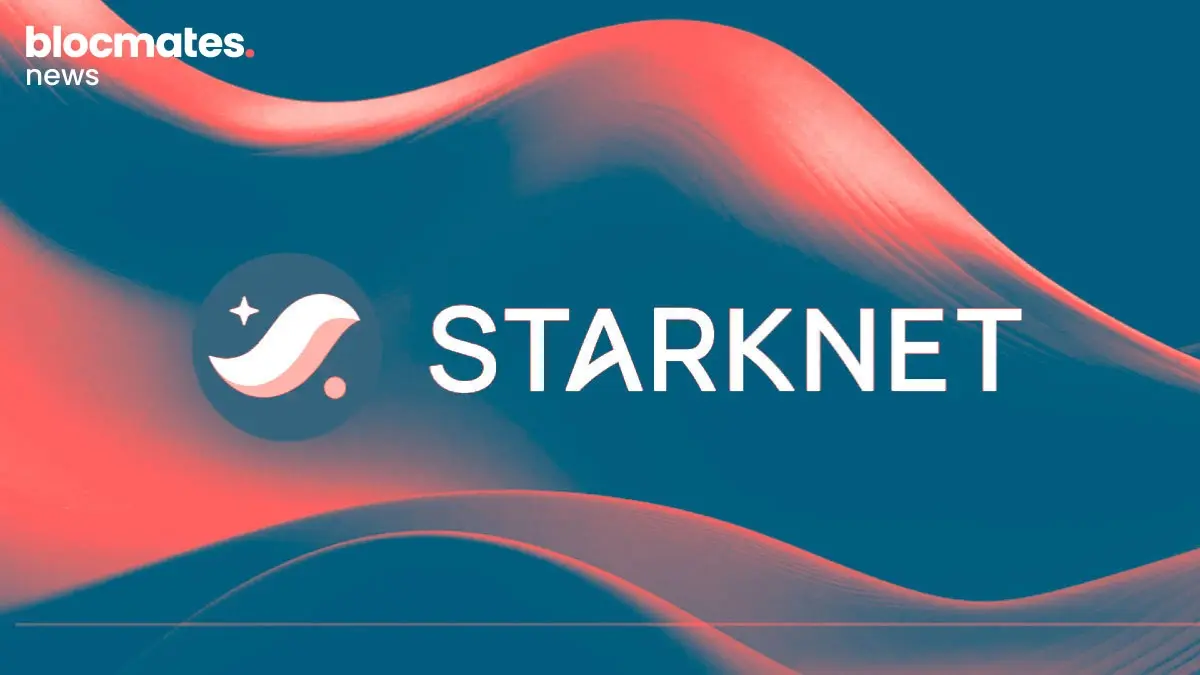Background
Since Ethereum’s epic pivot to PoS from PoW, the crypto scene has witnessed Liquid Staking Derivative (LSD) protocols skyrocketing like they've got jetpacks on. As Ethereum continues to deliver on its ETH 2.0 roadmap, we can safely expect Liquid Staking Tokens’ (LSTs) usage to be in up-only mode. As per Staking Rewards, at the moment, only ~18% of the circulating $ETH supply has been staked. These are smol numbers, considering that for other competing L1s, this number is close to ~70%. Post Shapella, users can unstake their bonded $ETH directly from the beacon chain. The numbers don’t lie; a massive $ETH staking queue has formed since the upgrade, and the total number of $ETH staked continues to rise. The reason’s straightforward, as people learned they could unstake and unlock liquidity at any time, demand to stake $ETH increased substantially. Brace yourselves, peeps; don't even bat an eyelid if that staked $ETH ratio makes a leap to a solid ~25%+ in the near future. This is only the beginning…

Source: Nansen Shapella Metrics
However, users who don’t have the 32 $ETH or expertise needed to run their validator node rely on LSTs. Thus, as a category within DeFi, LSD protocols toppled DEXs as the largest by TVL, per DefiLama.
For delegated PoS networks, LSTs are an instant hit for three significant reasons:
- Secure the network while earning fees/rewards
- Unlock liquidity
- Capital efficiency
You can learn more about LSD protocols in our in-depth guide here.
And here's the cherry on top: thanks to this explosive embrace, we're now witnessing the birth of LSDfi – a next-gen financial layer that's built on the robust foundation of LSD protocols.
https://twitter.com/thedefiedge/status/1686905517740855296
With that, let me introduce you to Tenet Protocol, an EVM-compatible, Layer 1 public blockchain. Their primary goal is to bring liquidity and yield opportunities to LSDs across DeFi. Tenet Protocol isn't just riding the wave of LSD protocol's meteoric rise in DeFi - they're crafting their own tsunami with a groundbreaking solution that's got the potential to flip the whole industry on its head.
Read along as we explore the Tenet protocol, their revolutionary diversified PoS consensus mechanism, the LSDC stablecoin, $TENET & vote-escrowed tokenomics, and more. Let’s get into it!
What is Tenet Protocol?

Tenet Protocol might seem like just another Layer-1 network. But here's the twist: they're not just any network, but one meticulously designed to elevate the DeFi ecosystem, all while being fortified by a decentralized aggregation of LSDs. Unlike traditional PoS blockchains that rely on key stakeholders to provide economic security by bonding and staking the underlying cryptocurrency of the network, Tenet took an entirely different path. Essentially, Tenet will allow users to bridge over their LSTs from popular L1s to Tenet and receive a tLSD (Tenet Liquid Staking Derivative) by restaking said LST, a liquid representation of their share of LSDs staked with Tenet’s network validators, which secures the blockchain.
In the process, Tenet is secured by a distributed basket of LSDs. Think of it as an opt-in, permissionless layer that borrows security from existing LSD protocols, allowing users to restake their LSTs and secure an additional network on top of already securing the underlying blockchain for which they hold the LST.
Furthermore, as an added incentive mechanism, Tenet will allow users to mint and borrow the LSDC stablecoin against their stake i.e., tLSD position, which can be utilised across several DeFi opportunities. More on it later.
Furthermore, this will also efficiently deploy capital, as users will earn yield from two sources:
- Share of fees & block rewards from the underlying network
- Share of fees & block rewards from Tenet
The network is currently live on mainnet, albeit it’s in the beta phase.
Differentiators
Compared to other public networks, Tenet brings a lot to the table. Key advancements include:
- Unparalleled security: In traditional PoS blockchains, attacks targeting one staked asset might compromise network security. Tenet's DiPoS approach counters this by leveraging staked positions across leading assets for more robust validation.
- Inclusive governance: Conventional PoS systems necessitate native tokens for validation, somewhat gatekeeping network access. In contrast, Tenet's approach broadens the horizon by endorsing validation and delegation via multiple assets, fostering greater inclusiveness and vibrant economic interplay within the ecosystem.
- Maximum yield: DiPoS provides LSD holders the perk of bagging additional rewards by restaking their assets and maintaining collateral exposure. Concurrently, Tenet introduces a tLSD, serving as a liquid derivative primed for extended DeFi applications.
Diversified Proof of Stake (DiPoS)

PoS is pretty much the go-to as a consensus algorithm for anyone building a L1/L2/L3 these days. Why? Cheaper fees, more scalability, and it's friendly to the environment – a big plus for companies and media. This means it's more likely to hit the mainstream faster. But let's be honest, there hasn’t been much innovation in the Proof of Stake world lately.
Tenet is rolling out a fresh take on Proof of Stake that's got all the good stuff and is even more secure than the old-school versions. Say hello to the era of Diversified Proof of Stake (DiPoS).
DiPoS is about reaching network consensus through validators who stake multiple assets, not just one. By diversifying the staking assets, Tenet massively dilutes the chances of a single large player dominating or compromising the network. Essentially, as the basket of assets expands, the network becomes tougher to 51% attack.
New assets can join the consensus party after getting the nod from the network. Right out of the gate, we're talking heavy hitters like ETH, ATOM, BNB, MATIC, ADA, and DOT. And naturally, TENET has its seat at the table.
The genius behind DiPoS? It boosts network security exponentially by leveraging the collective market power of these assets. Anyone trying to target the network would need substantial holdings across all these assets, which is not only a technical but financial challenge as well.
So, from its inception, Tenet is structured to be one of the most fortified blockchains out there. Pooling together this ensemble of assets ensures a security level that can potentially surpass even individual giants like ETH. Quite the tech marvel, right?
Tenet's validation is exclusively based on Proof of Stake assets, and it's open to LSTs like stETH, rETH, and cbETH from platforms like Lido, RocketPool, Binance, and Coinbase. By holding these LSDs, participants can join Tenet validation, earn transaction fees, and still get their usual ETH staking yield.
Plus, with low usage demand for many LSDs (sitting mostly idle in wallets), Tenet presents an extra earning opportunity by swapping block rewards and fees for improved security. LSD holders can also become validators or delegates on Tenet, tapping into a dual income stream. With over $25B in LSDs out there, Tenet is targeting this as a major market for its Diversified PoS.
https://twitter.com/tenet_org/status/1671557307904274435
Introducing $LSDC
Alright, folks, let's dive into something I’m ecstatic about - the $LSDC by Tenet Protocol. Now, if you're like me, always on the lookout for the next big thing in stablecoins, then you're in for a treat.
After months of hardcore development, the Tenet team has unveiled $LSDC, which stands for Liquid Staking Dollar Coin. It is a soft-pegged dollar stablecoin, but with a twist. It's over-collateralized by LSDs.
The Tenet Stablecoin Protocol, which is decentralized and runs on the Tenet blockchain, is the genius behind $LSDC. This protocol lets users create interest-free loans against assets that yield returns i.e. tLSDs. So, if you're a user of Tenet, you can bring over your liquid staking derivatives from other networks like ETH, BNB, SOL, or Matic. Then, you stake them with a Tenet validator to get some extra yield. And here's the kicker: you can borrow against those Tenet LSDs using the Tenet Stablecoin Protocol. It's like having your cake and eating it too!
Now, when you borrow, the amount you get is tied to the collateral you've put in. This collateral goes into what's called a CLIP (Collateralized Liquid Interest Position). If you're familiar with protocols like Maker DAO, think of CLIP as its cousin. But in this scenario, it contains Tenet LSDs. The beauty of this system is that even after borrowing LSDC against your assets, you still generate yield on them. It's a win-win!

But why LSDC, you ask? Well, the Tenet team made some strategic design choices. For starters, their stablecoin protocol only accepts yield-bearing collateral. This means you can offset your borrowing costs with the yield you earn. Plus, the fact that the collateral earns yield allows the protocol to take a management fee on that yield, instead of charging borrowers an interest rate. This makes borrowing more sustainable and profitable over time.
The governance of the Tenet stablecoin protocol is also unique. Instead of being governed by a single token or having no governance layer, it's governed as part of the Tenet network. This ensures a diverse holder base and a more decentralized governance system.
In terms of scalability, the protocol is ready to accept various types of yield-bearing collateral. As more assets with native yields move on-chain, Tenet's protocol will be prepared to incorporate them.
Lastly, the user experience is top-notch. With the Tenet dashboard, users can navigate the entire process seamlessly, from creating a tLSD to minting LSDC, all with just a few clicks.
So, if you're looking for a stablecoin that's innovative, user-friendly, and has a solid foundation, LSDC by Tenet Protocol may be the answer!
As of now, $LSDC is live on testnet.
Learn more about LSDC: https://medium.com/@tenet_org/lsdc-the-next-step-for-stablecoins-23ecd25c14ec
$TENET & ve Tokenomics
$TENET is the heartbeat of the TENET protocol. You use it for transactions, as a gas token. Need to make moves on the TENET blockchain? You'll need some $TENET. Want to bolster security? Stake your $TENET with a validator using the unique DiPoS method. When you do, you’ll receive a liquid representation of your stake as tTENET.
You can stake this tTENET to earn rewards. LSDs are pivotal to the TENET game. Other major blockchains' LSDs can be used as collateral here too. Every time a validator pops up on Tenet, a new LSD is issued, making it easy to dive into Tenet's DeFi scene.
Here's where it gets interesting: TENET, aside from being the native token of the Tenet network, has more roles in the Tenet DeFi world. Drawing from veTokenomics, you can lock TENET to get veTENET (vote-escrowed $TENET). Lock it longer, get more veTENET. The goal? Get everyone involved in Tenet DeFi's governance and jazz up the ecosystem using the veTokenomic model. They've built this right into the core of the blockchain, ensuring a diverse and thriving DeFi scene.

Locking
Lock up your TENET and mint veTENET. This veTENET grants you some cool perks, and more say in governance and reward gauges. The rule's simple: the longer you lock your TENET, the chunkier your veTENET stash. You can lock it anywhere between 1 week to 2 years. Now, check out this table to see how much veTENET you'd get based on your lock-in duration:
DurationTENETveTENET1 week1001.061 month1004.243 months10012.7406 months100251 year100502 years100100
As you’d expect, your veTENET balance will decay linearly until it hits 0, when you’ll be able to redeem your TENET. Also, veTENET won’t be a liquid token and cannot be transferred between wallets.
Yield
If you hold veTENET, you've got several ways to earn - veTENET rakes in rewards from the TENET DeFi scene. Here's a quick rundown of how different primitives chip in:
- TENET Validators:
- Take rate: 100%
- Transaction fees: 50%
- TENET Stablecoin Protocol:
- LSDC Minting/Redemption Fees: 100%
- Block rewards from the collateral in CLIPs: 10%
- TENET Money Market:
- Borrowing fees: 100%
- Block rewards from tLSDs locked in the system: 10%
- TENET Decentralized Exchange:
- Admin fee: 100%
- Block rewards from tLSDs in liquidity positions: 10%
There you have it, a snapshot of how veTENET keeps the income flowing in from different angles.
Gauge Voting
Holders of veTENET wield influential voting rights within TENET's intrinsic gauge system. The continuous emission of new $TENET to various reward conduits is paramount for the robust functioning of the blockchain and its overarching infrastructure. The onus of directing this newly minted $TENET lies with veTENET owners.
Conceptually, a gauge is symbolic of a reward conduit receiving the $TENET. The primary reward conduits recognized within the system encompass:
Block Rewards:
This conduit facilitates an auxiliary tier of voting. Each tLSD holder, along with their respective validator, garners an allocation of $TENET. This is determined by their proportionate influence in the secondary voting process and the initial quantum of $TENET earmarked for Block Rewards.
DeFi Protocol Incentives:
The effectiveness of DeFi protocols is amplified by optimal liquidity. As an incentivization mechanism to channel capital towards Tenet's DeFi platforms, $TENET will be awarded. Liquidity contributors are then rewarded with $TENET as directed by the strategic decisions of veTENET custodians.
The protocols deemed eligible for these incentives are distributed as follows:
Tenet Stablecoin Protocol: Incentives target Stability Pool Depositors.
Tenet Decentralized Exchange: Allocates rewards to liquidity providers. A subsequent gauge vote discerns preferences amidst varied liquidity pairings.
Lastly, the authoritative gauge voting leverage that veTENET possesses engenders opportunities for external protocols and Staking Providers to extend 'incentive offers' to veTENET stakeholders i.e. bribes. This establishes a lucrative avenue for veTENET owners to enhance their revenue stream while fostering a dynamic marketplace to incentivize liquidity within Tenet.
A Suite of Products & Roadmap
At the time of writing, the gigachads at Tenet have just deployed the Tenet bridge on mainnet, powered by LayerZero. This will allow users to port over their LSDs and restake on Tenet. Furthermore, alongside LSDC - the stablecoin, Tenet will also launch their native DEX. That isn’t even all, let me now introduce you to Eva - a multi-chain, non-custodial mobile wallet being developed by Tenet. Eva’s live on the Apple App Store and Google Play Store.
From what I can gauge, Tenet is trying to build an entire DeFi ecosystem under one roof. The native gauges will unlock value and real yield for veTENET holders from all of these unique primitives. This approach will enable Tenet to develop an all-encompassing network, where each protocol forms unique synergies with each other, something which isn’t possible in most ecosystems. Obviously, developers will be able to deploy their third-party dApps and benefit from Tenet’s robust governance.
As for the roadmap, the team’s chugging along at a good pace. The full release of the Tenet mainnet is the priority, alongside other key products such as the Bridge, DEX, Meta LSDs and much more. Exciting times ahead, anon!

Conclusion
In the end, I’m extremely impressed with Tenet’s unique approach to building somewhat of a hyperfocused blockchain. In the era of commoditised public blockchains, most fail to differentiate themselves from the crowd and end up becoming general-purpose blockchains. A key competitive advantage going forward, in my opinion, will be these purpose-built blockchains that come to market with a key focus area and then try to realise the potential. The LSD space will by far be one of the strongest catalysts for the next bull run, and Tenet looks well-positioned to benefit from this growth.
The idea of native gauges and redirecting revenue from key products to veTENET holders is also incredibly fascinating. Usually, we see DeFi protocols employing veTokenomics, so it’ll be interesting to see how it translates over to a layer-1 blockchain.
Degens, that wraps up our introductory guide to Tenet protocol. I hope you found this article informative and useful. Adios amigos, until next time!
Resources
Website: https://tenet.org/
Twitter: https://twitter.com/tenet_org
Telegram: https://medium.com/@tenet_org
Docs: https://docs.tenet.org/tenet/general
Medium: https://medium.com/@tenet_org





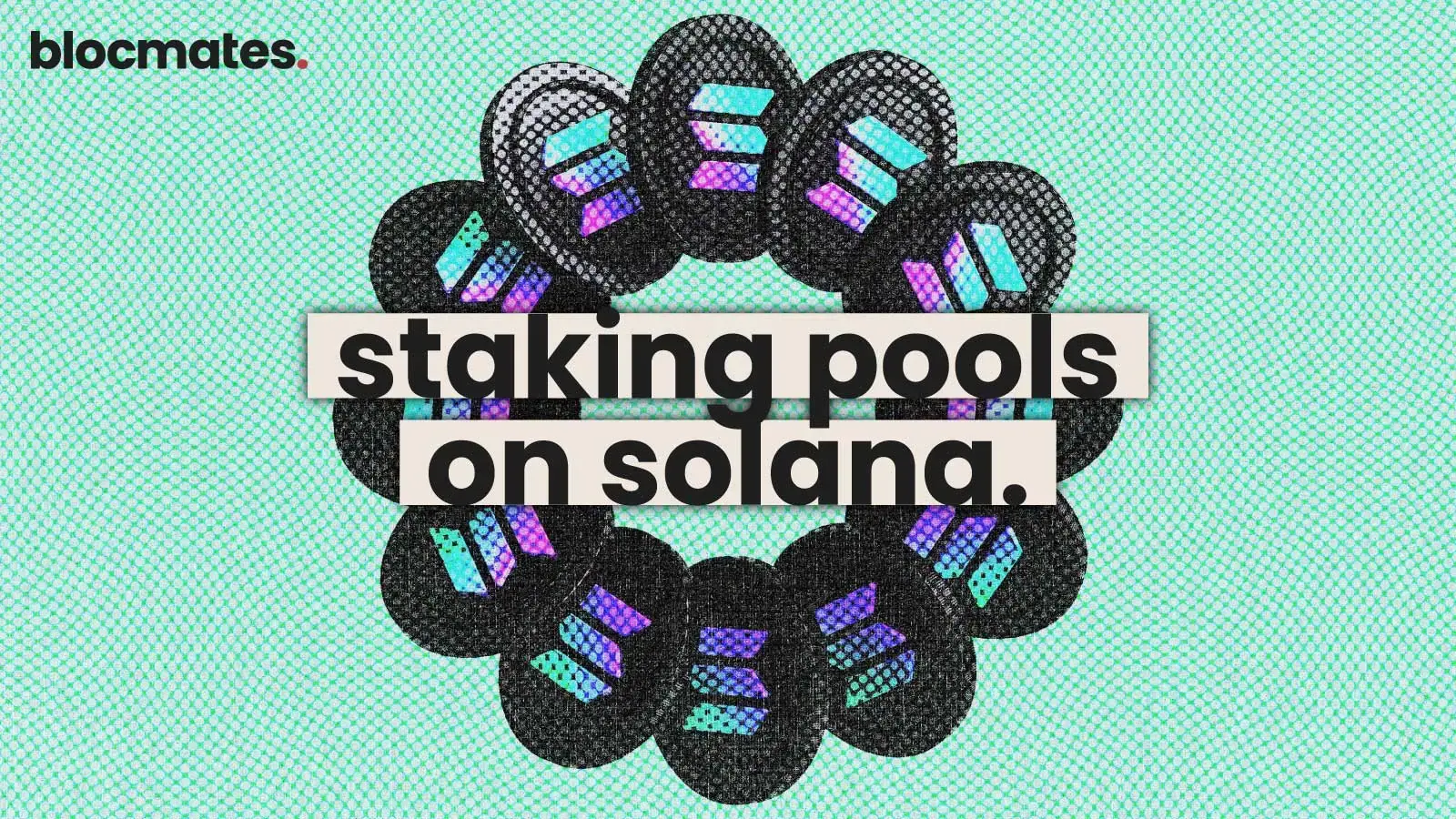





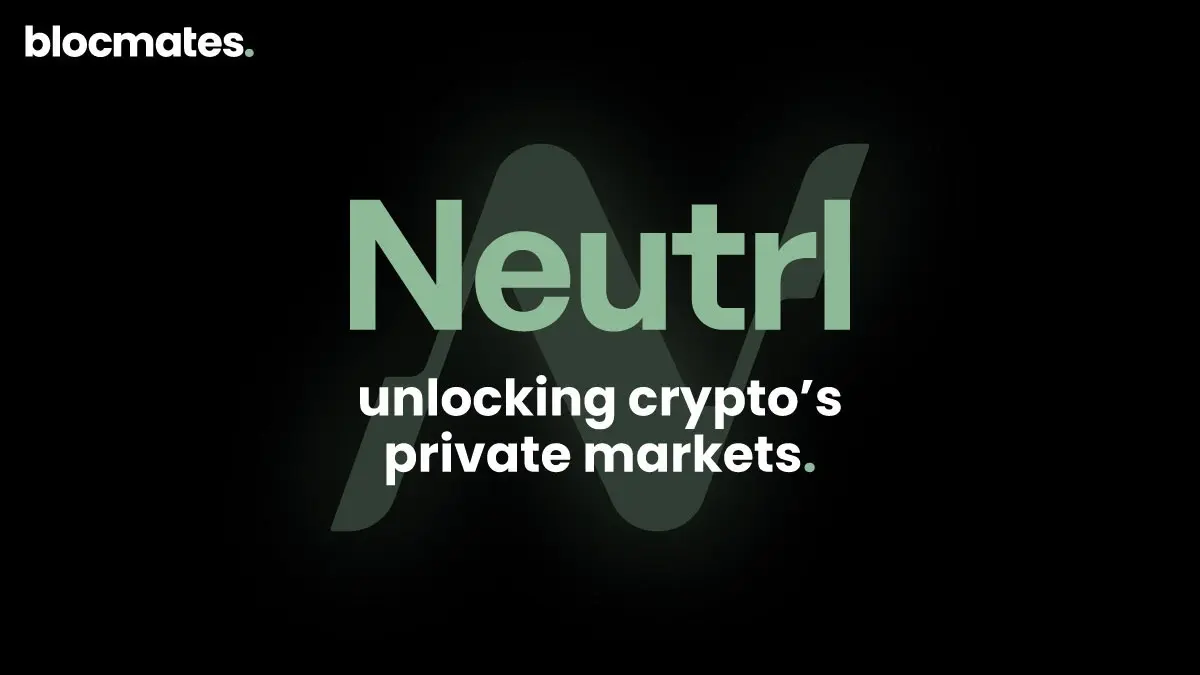


.webp)

.webp)
.webp)

%20(1).webp)
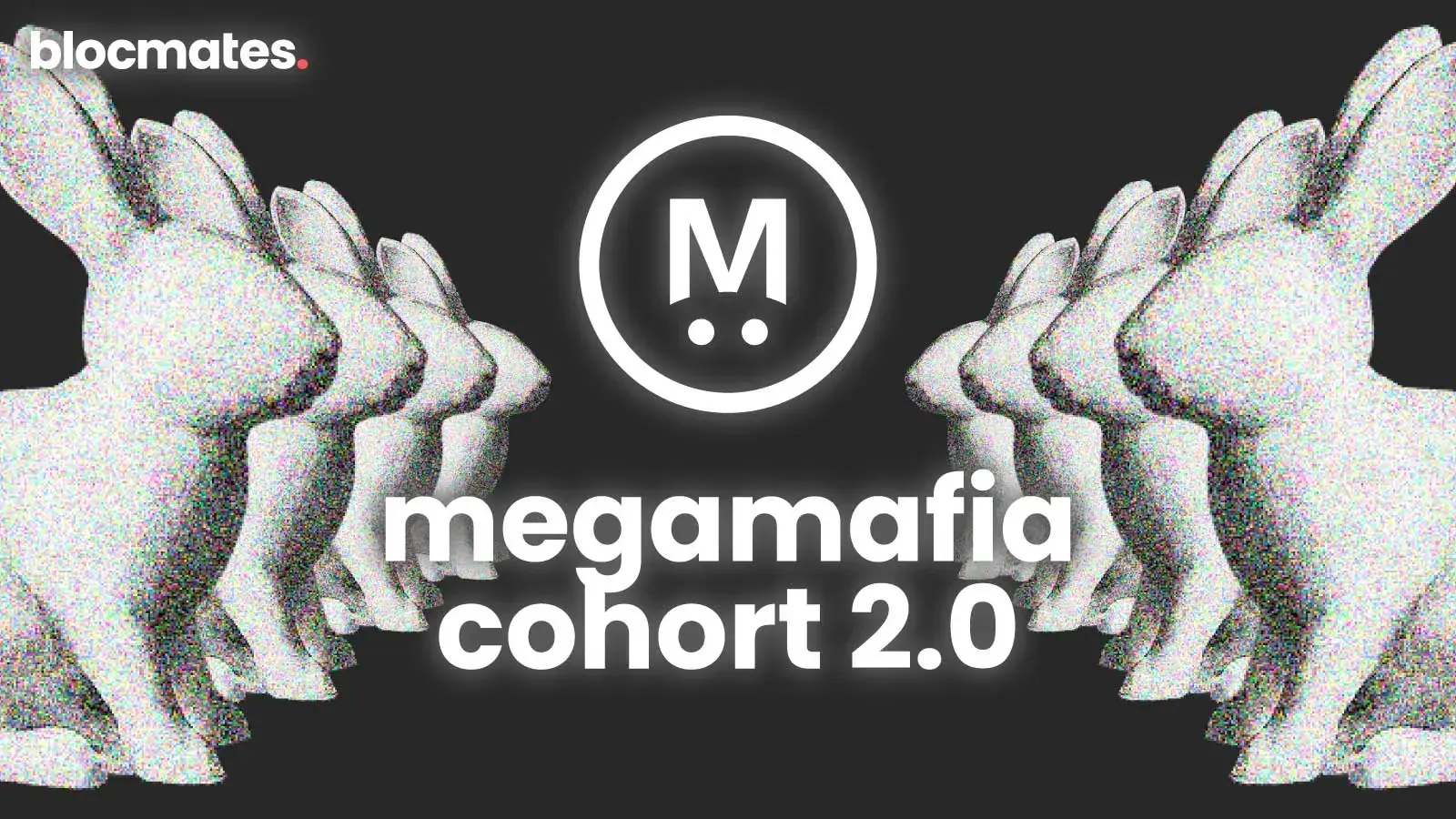
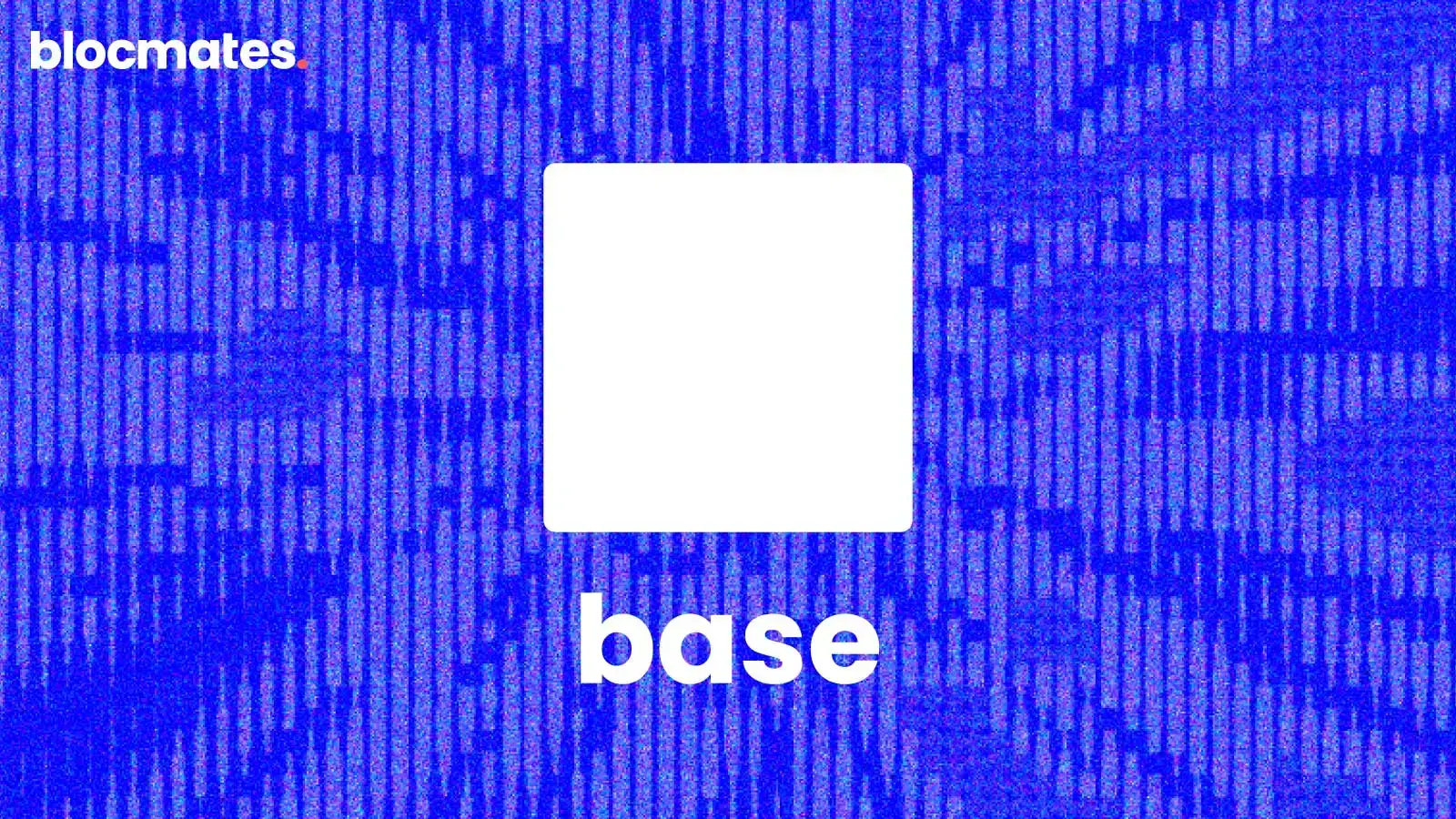
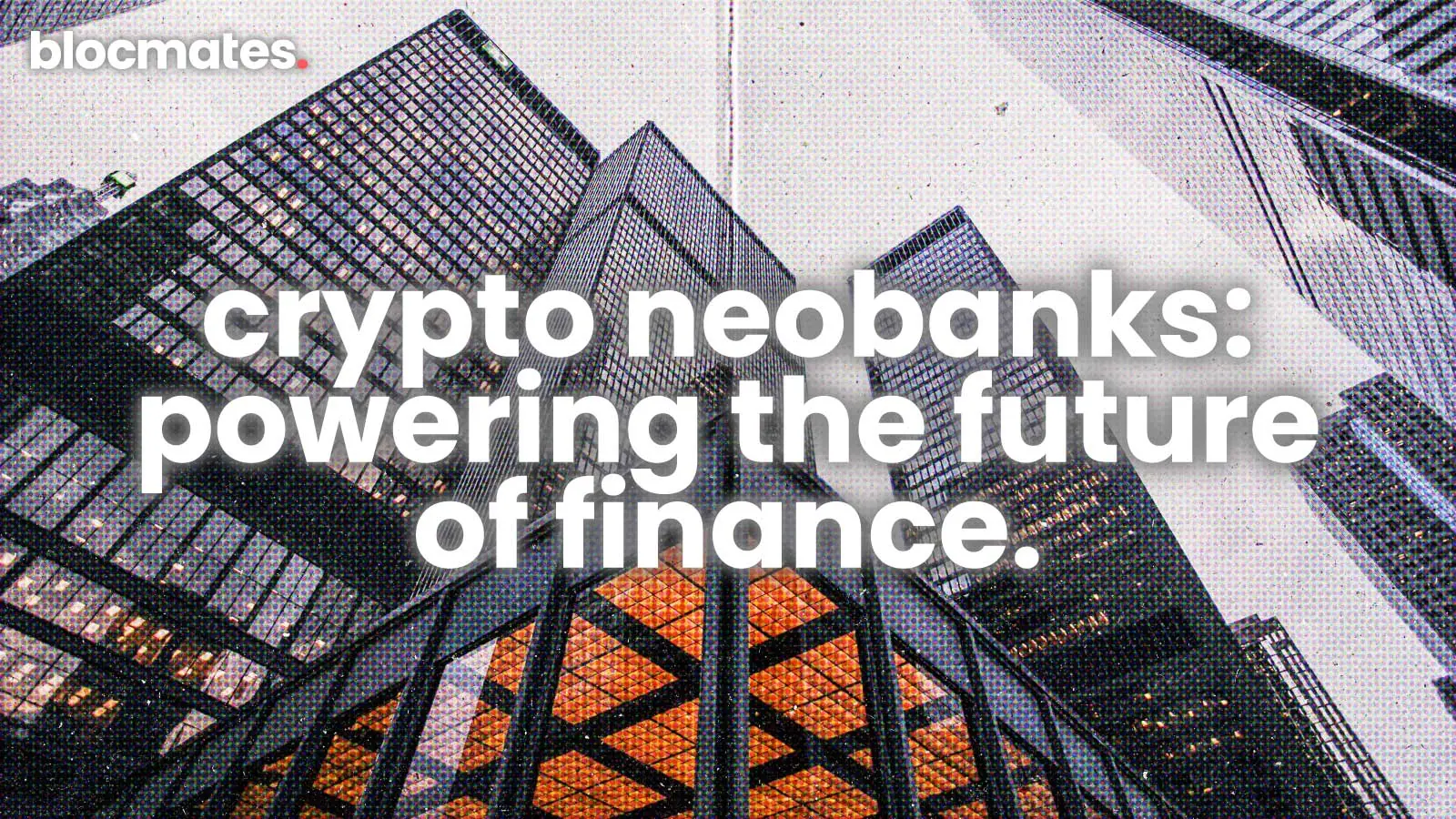


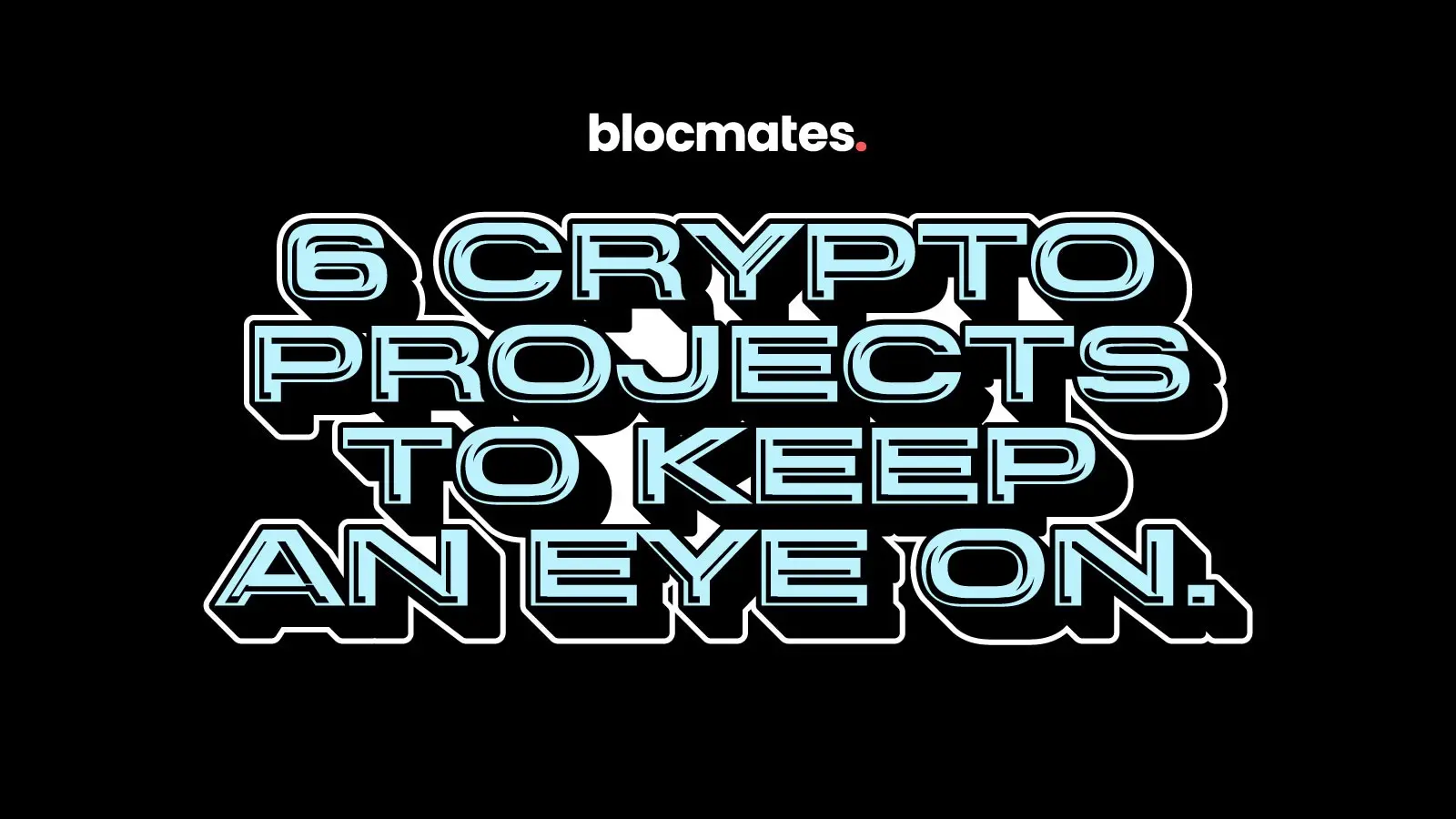
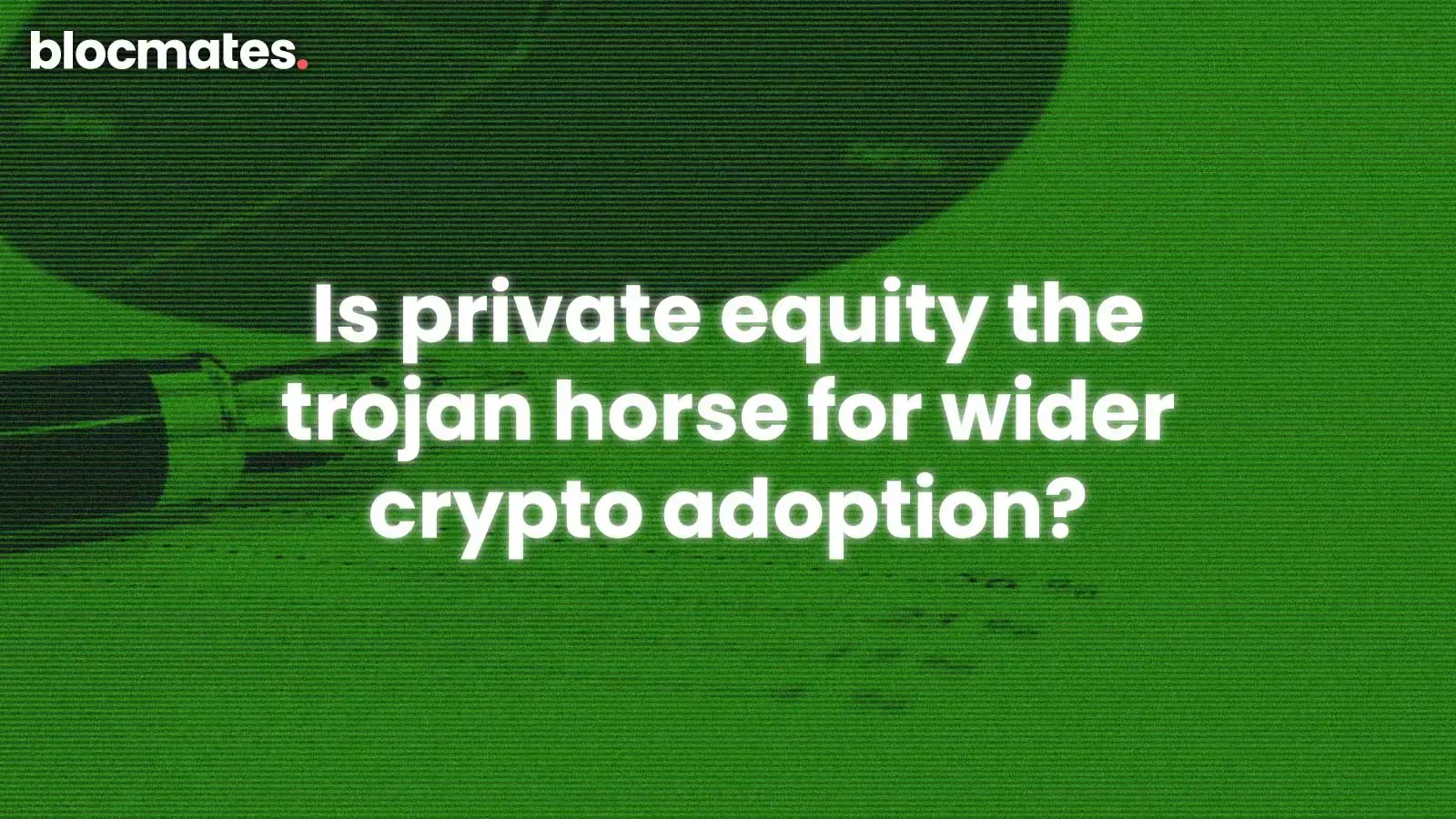
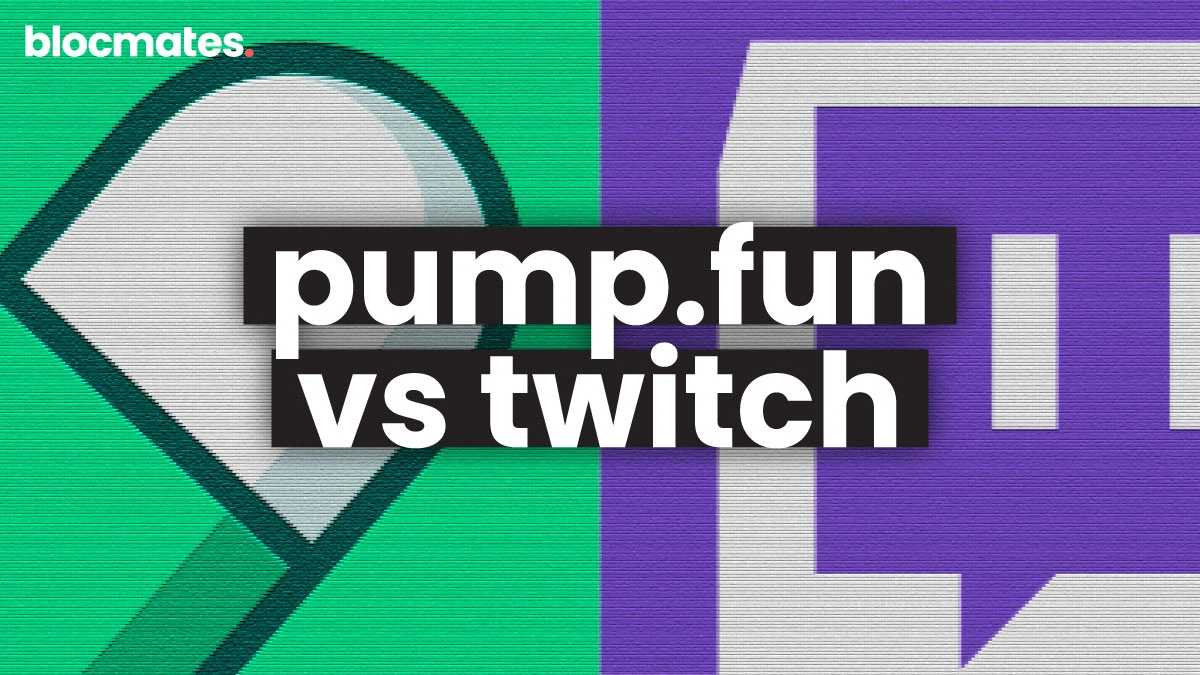

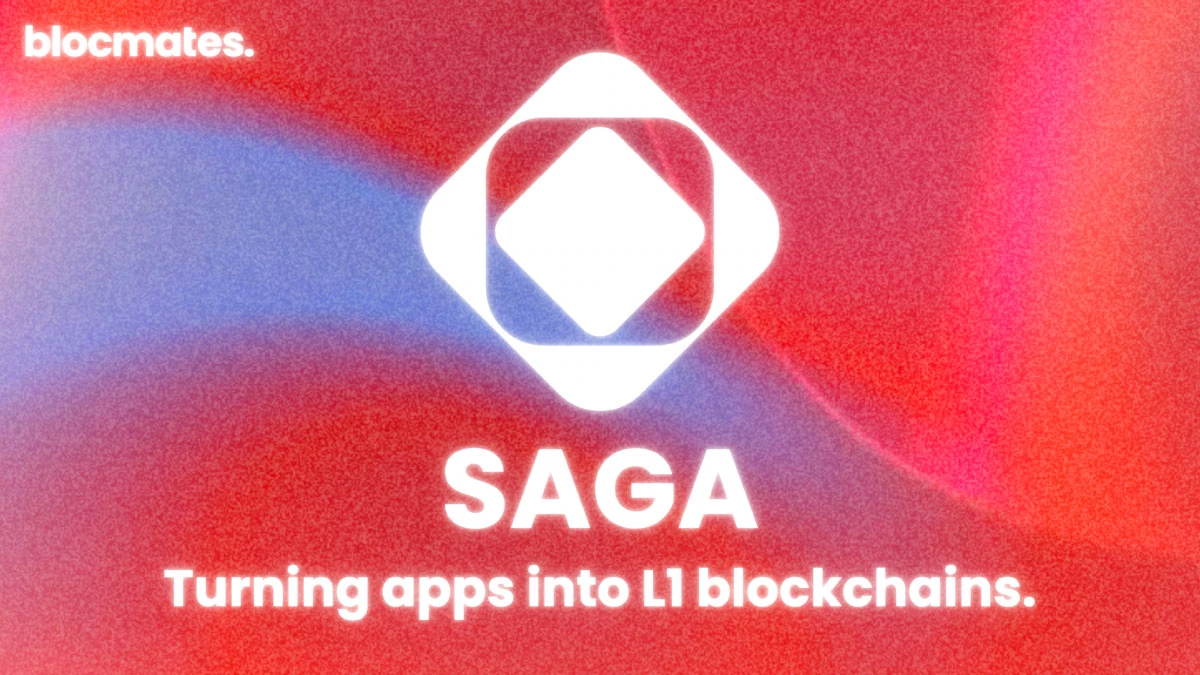


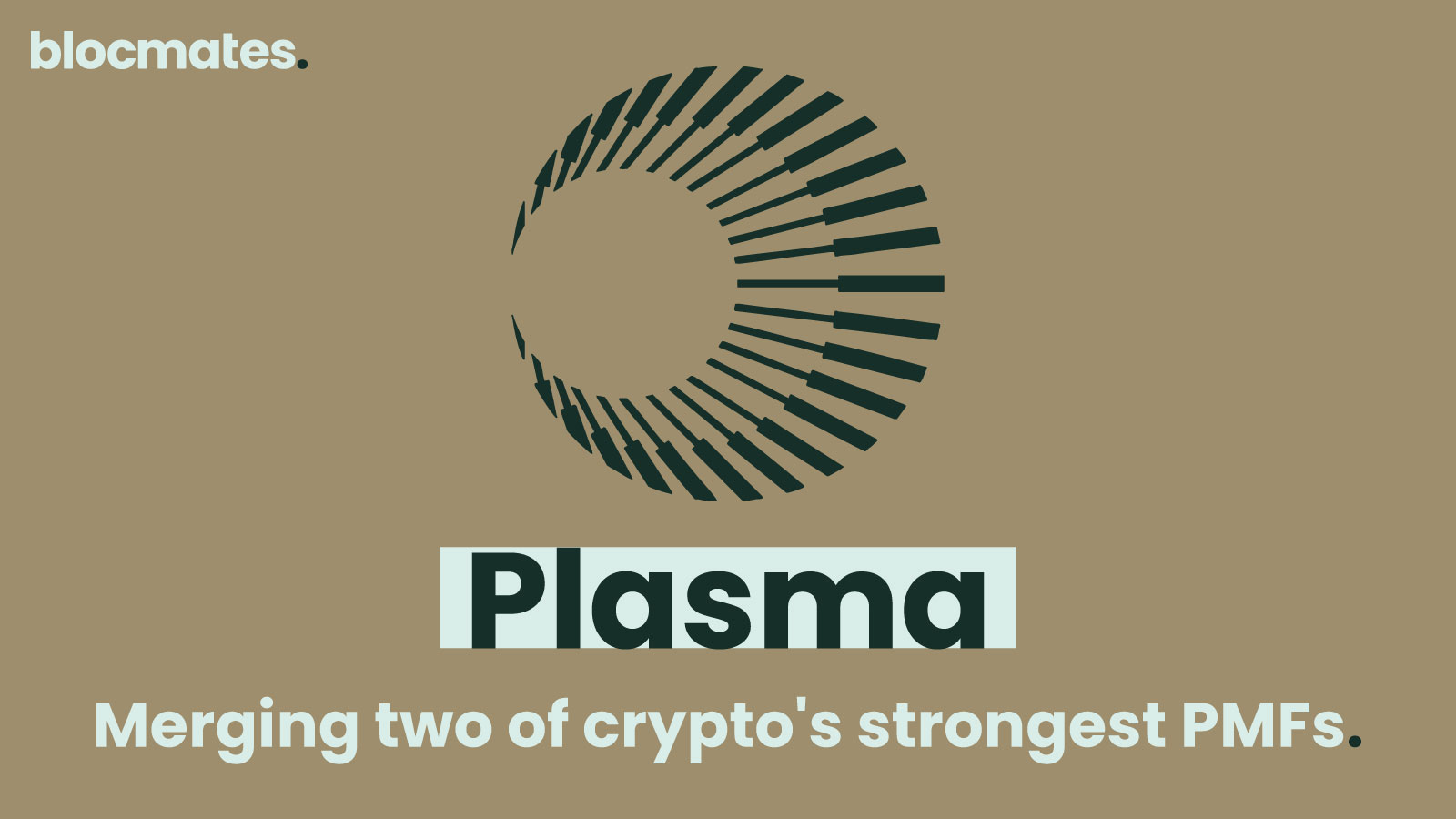

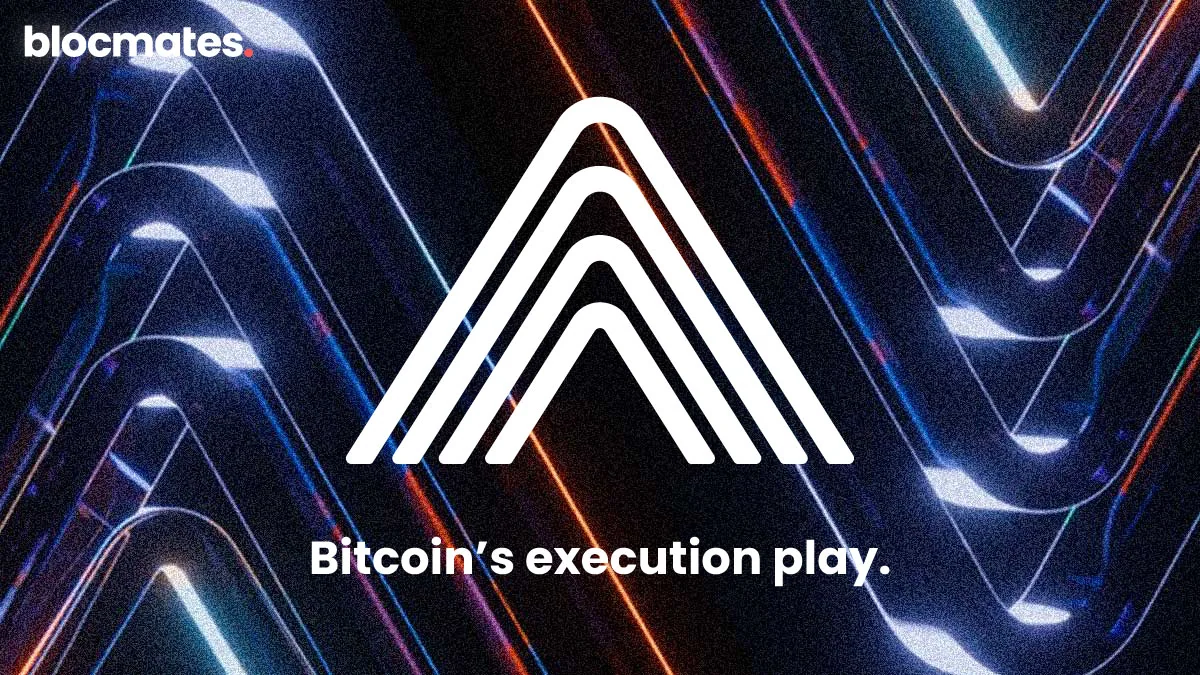

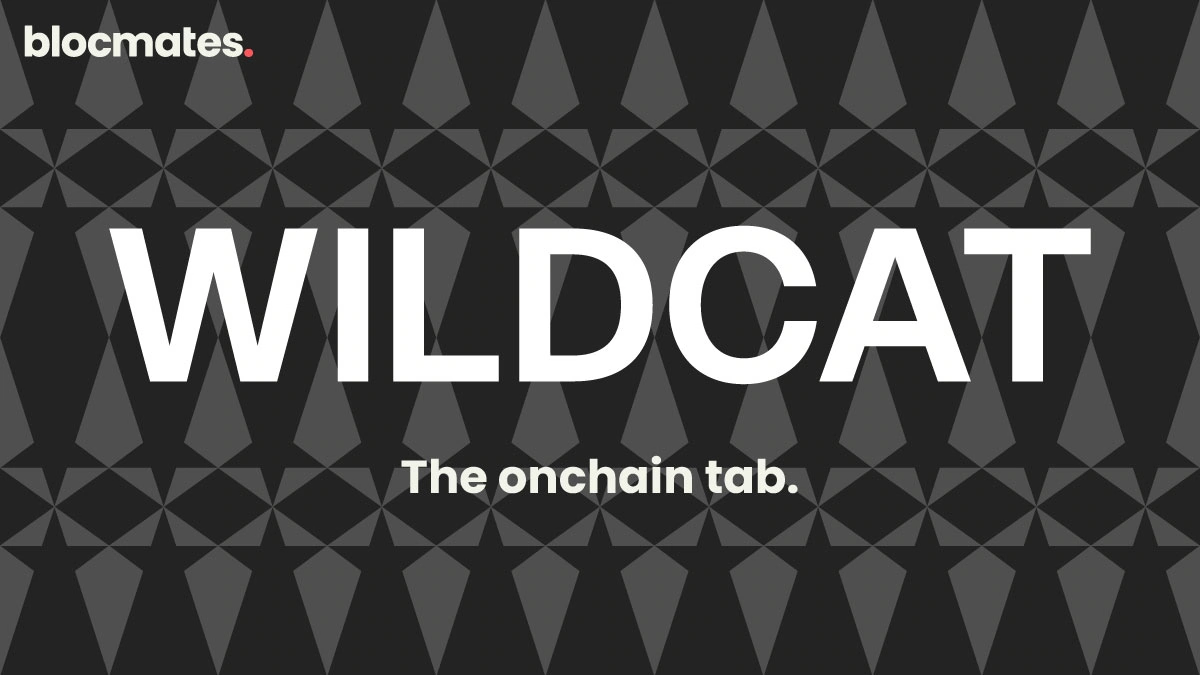
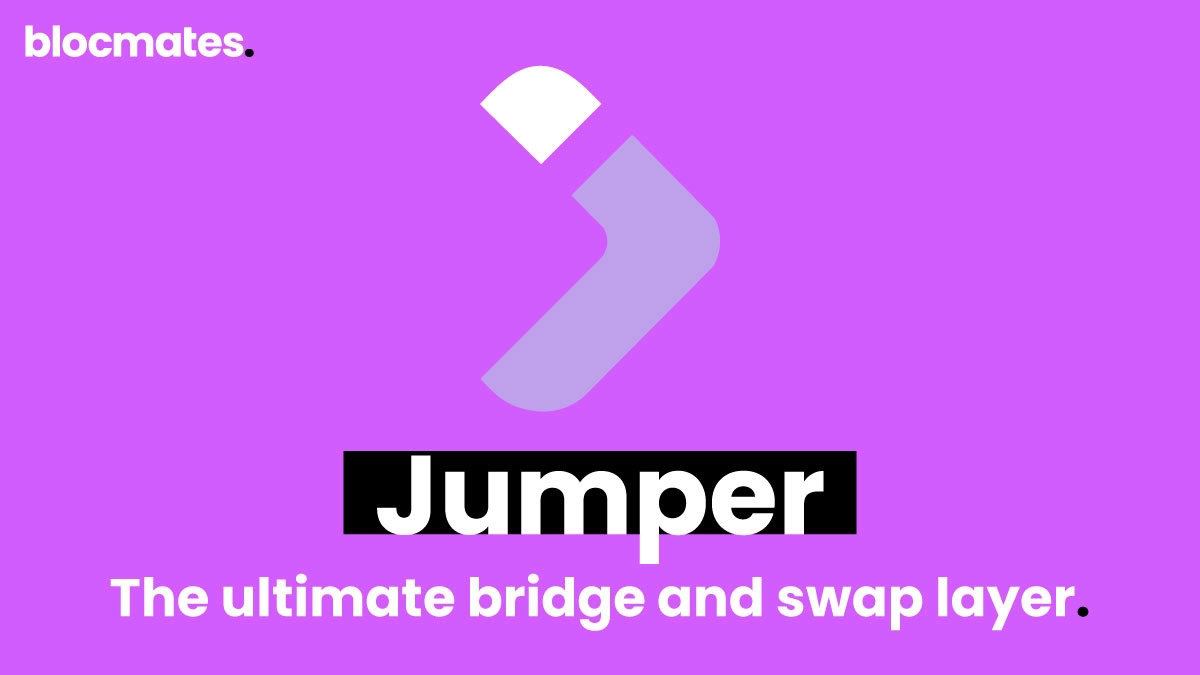
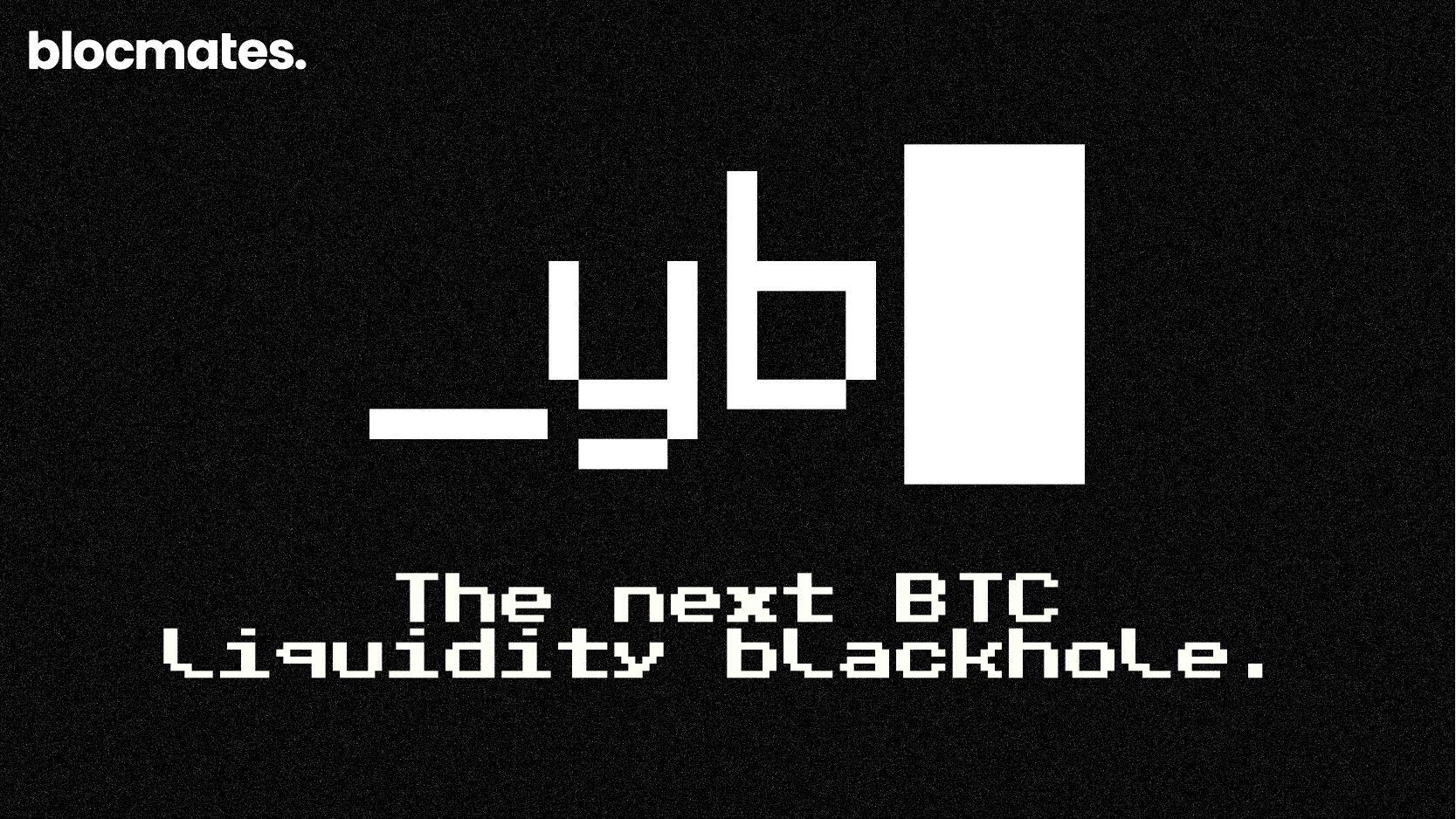
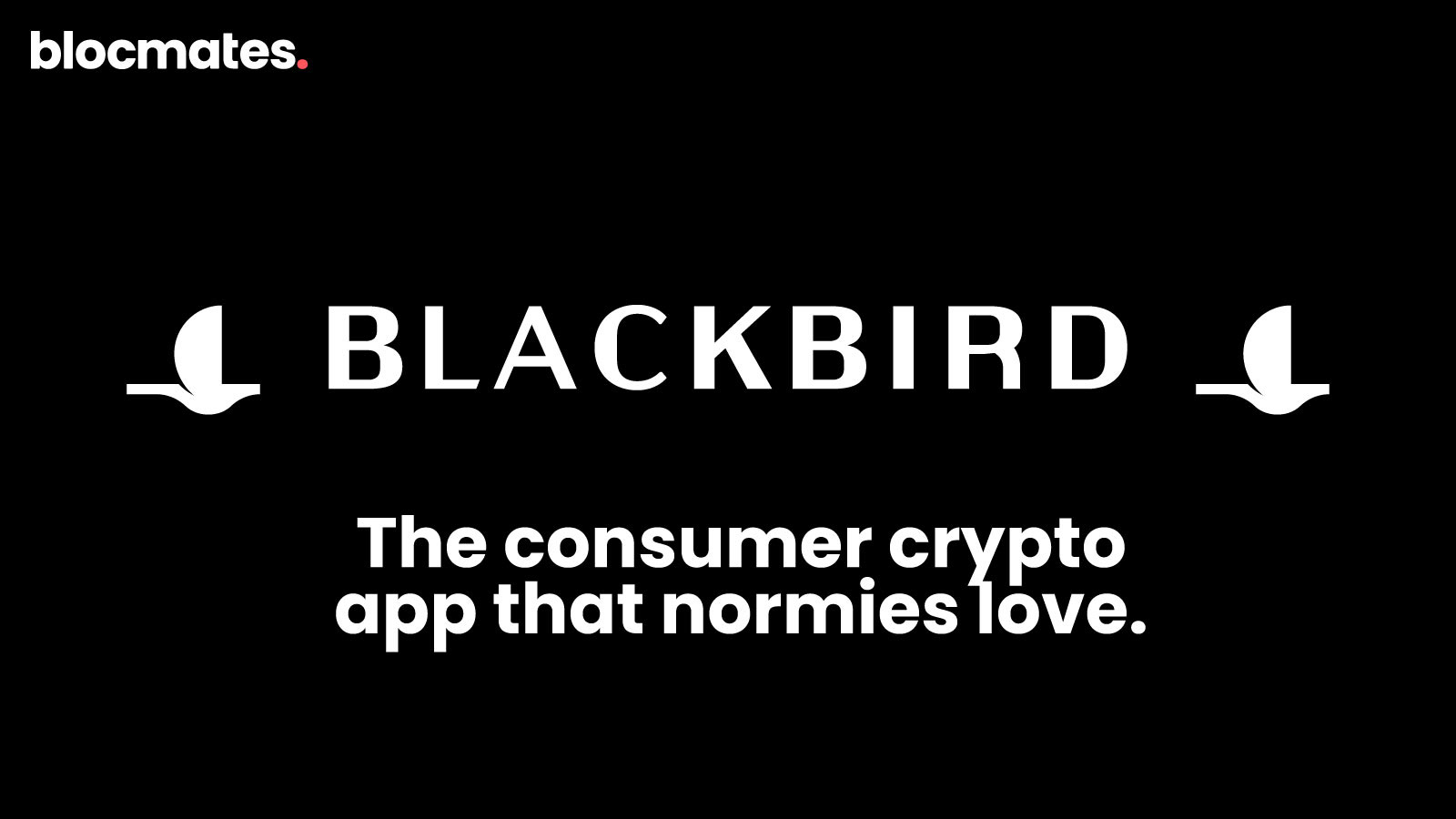
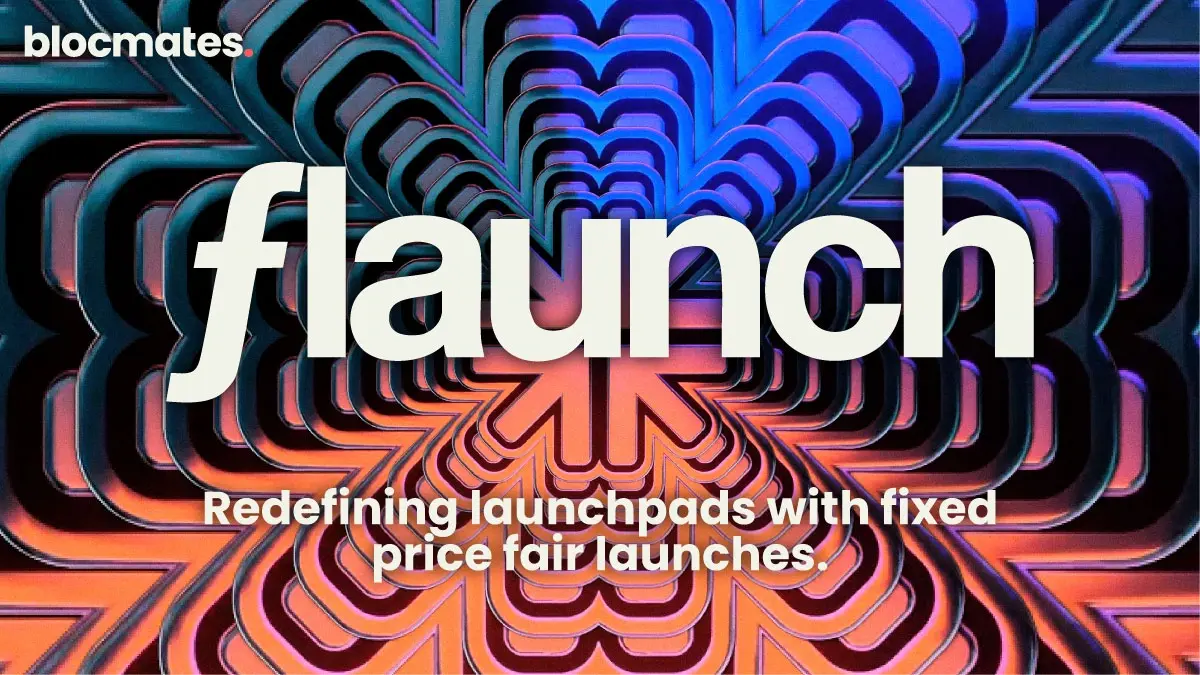

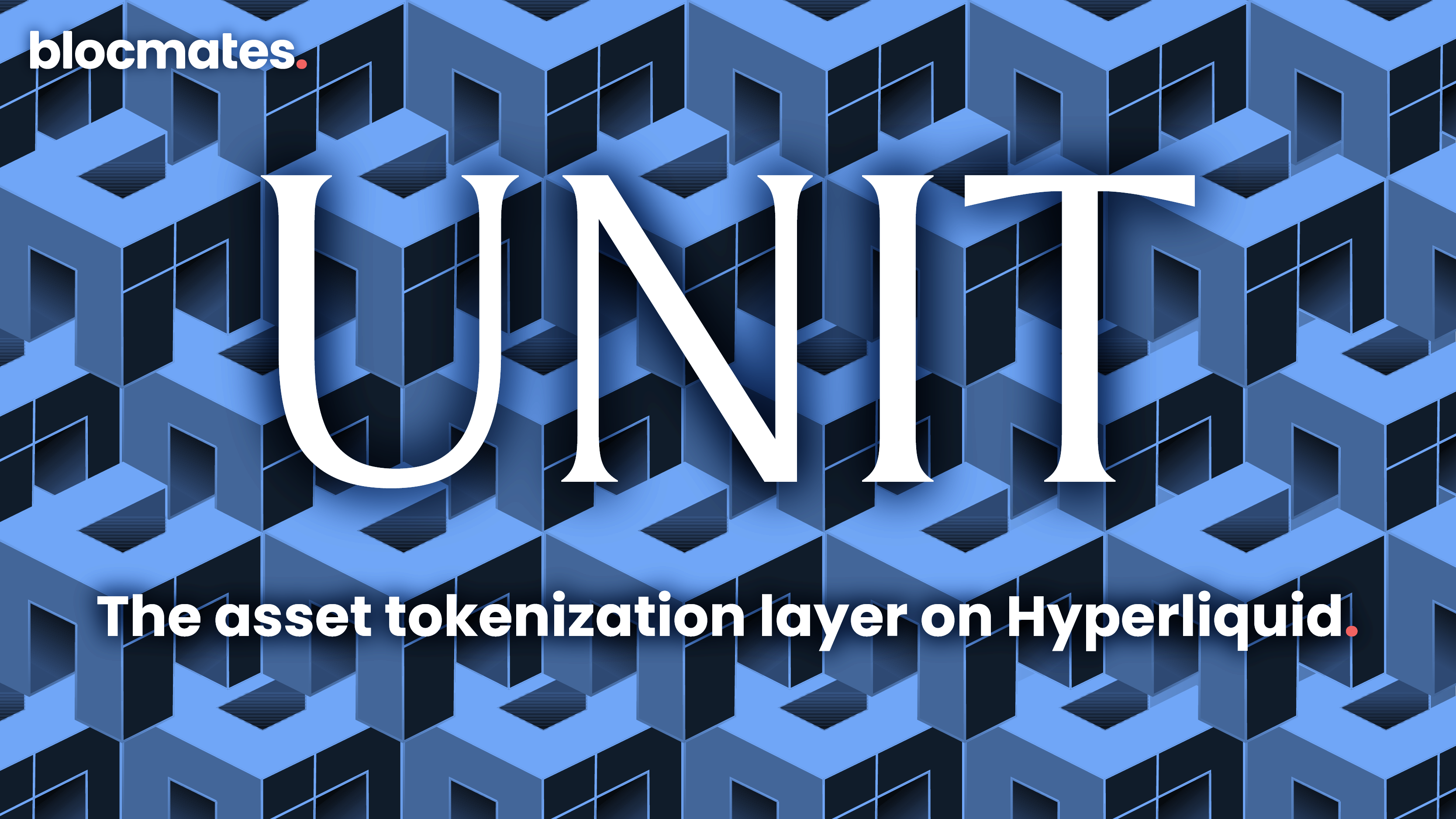




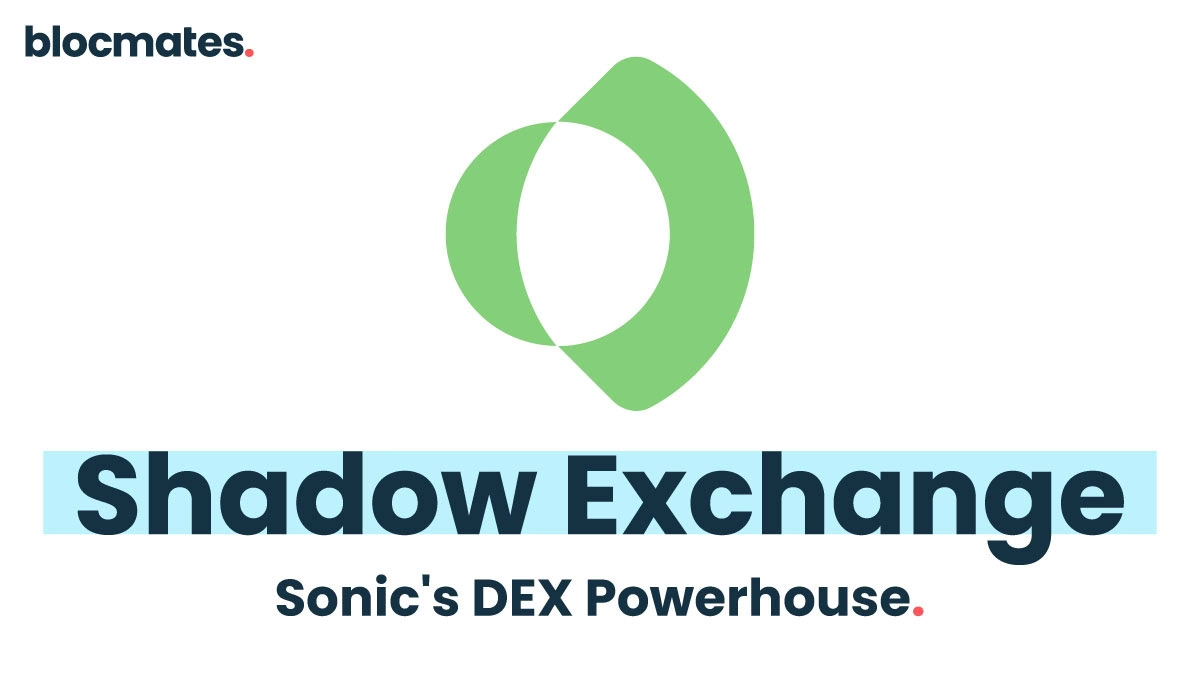


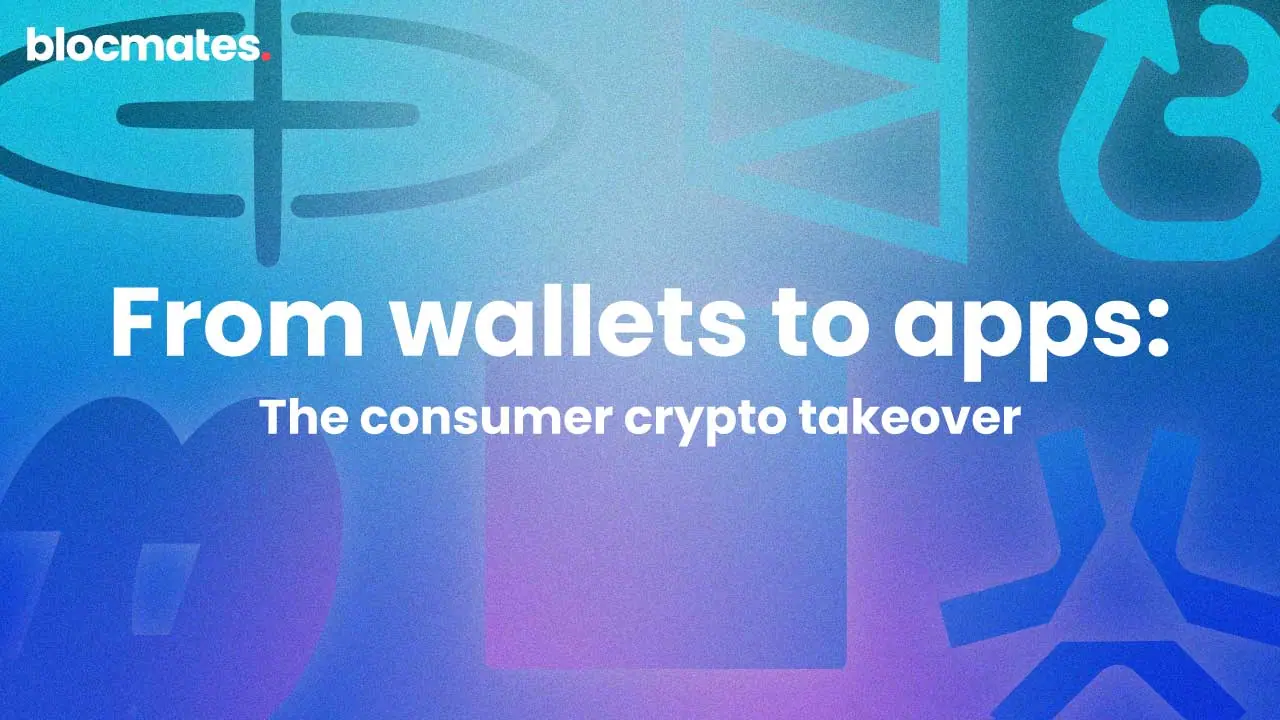




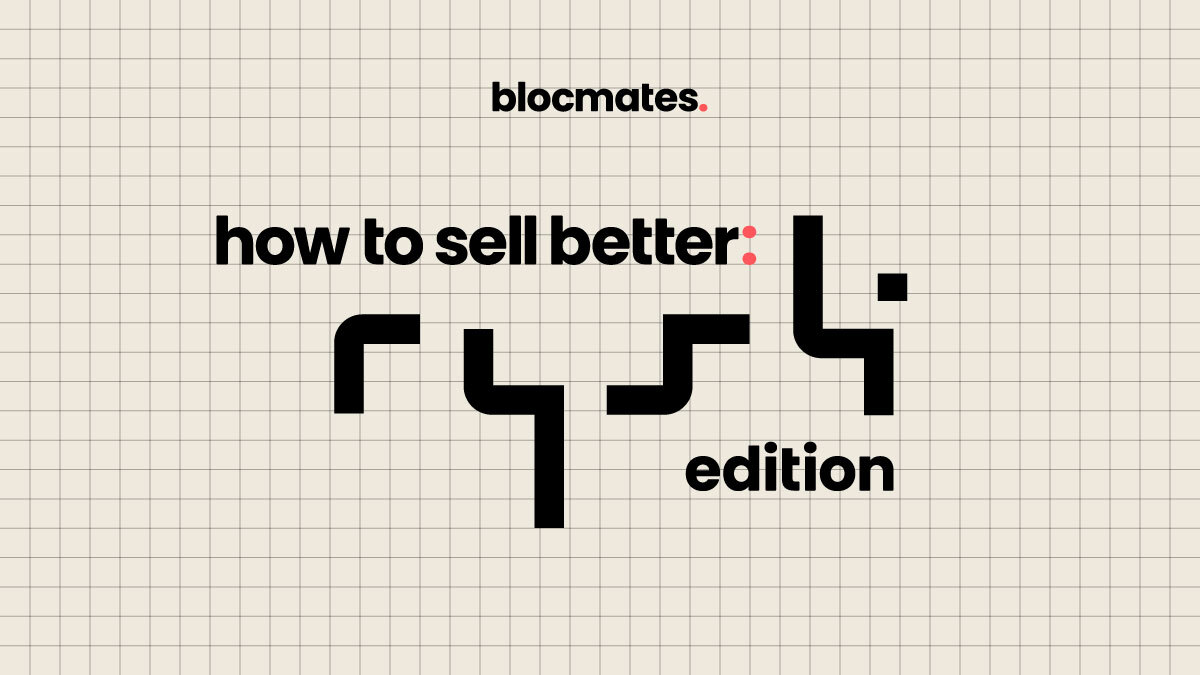


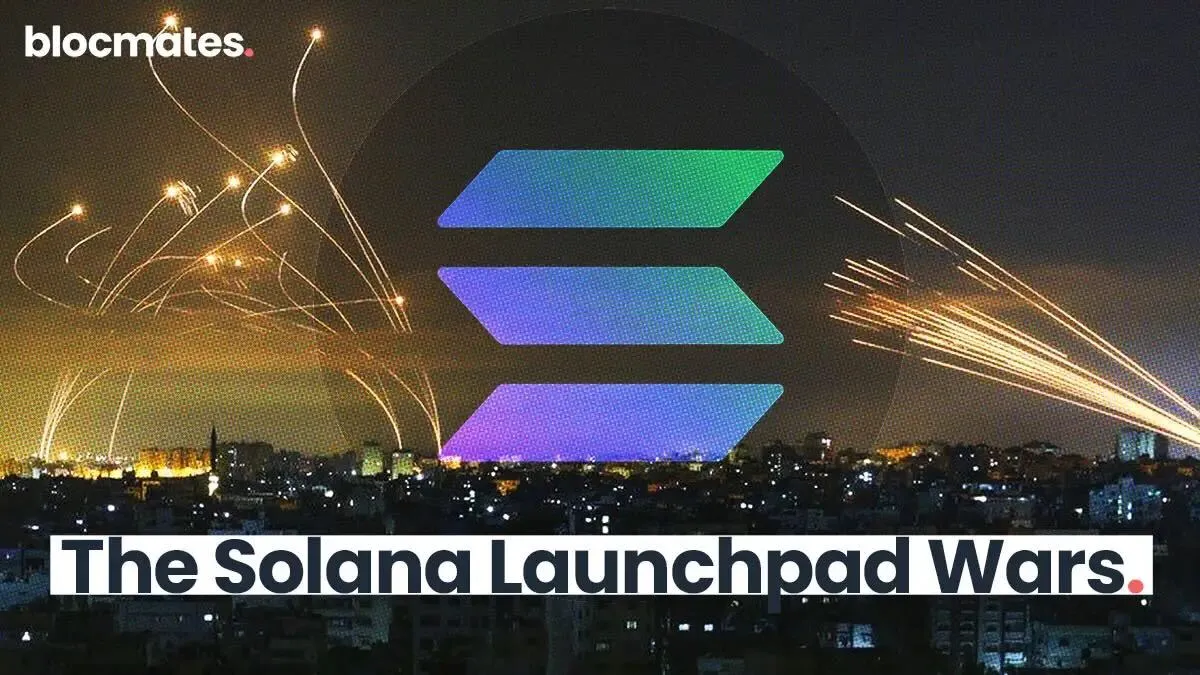




















%202.webp)


.webp)

.webp)
.webp)
.webp)



.webp)

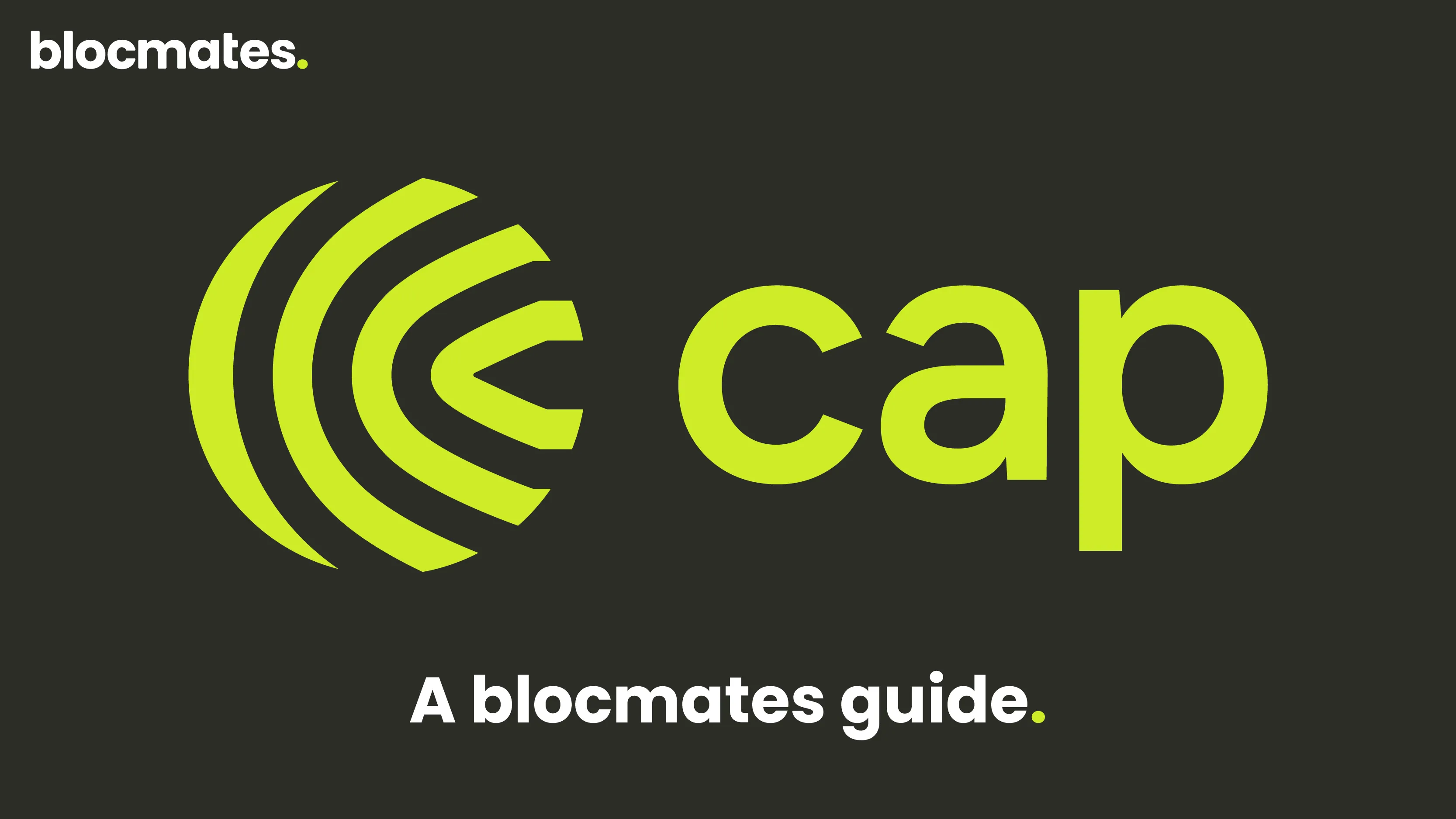










%20the%20Next%20Big%20Unlock%20in%20AI.webp)




.webp)
.webp)

.webp)
.webp)
.webp)


.webp)
.webp)










.webp)


.webp)









.webp)







.webp)
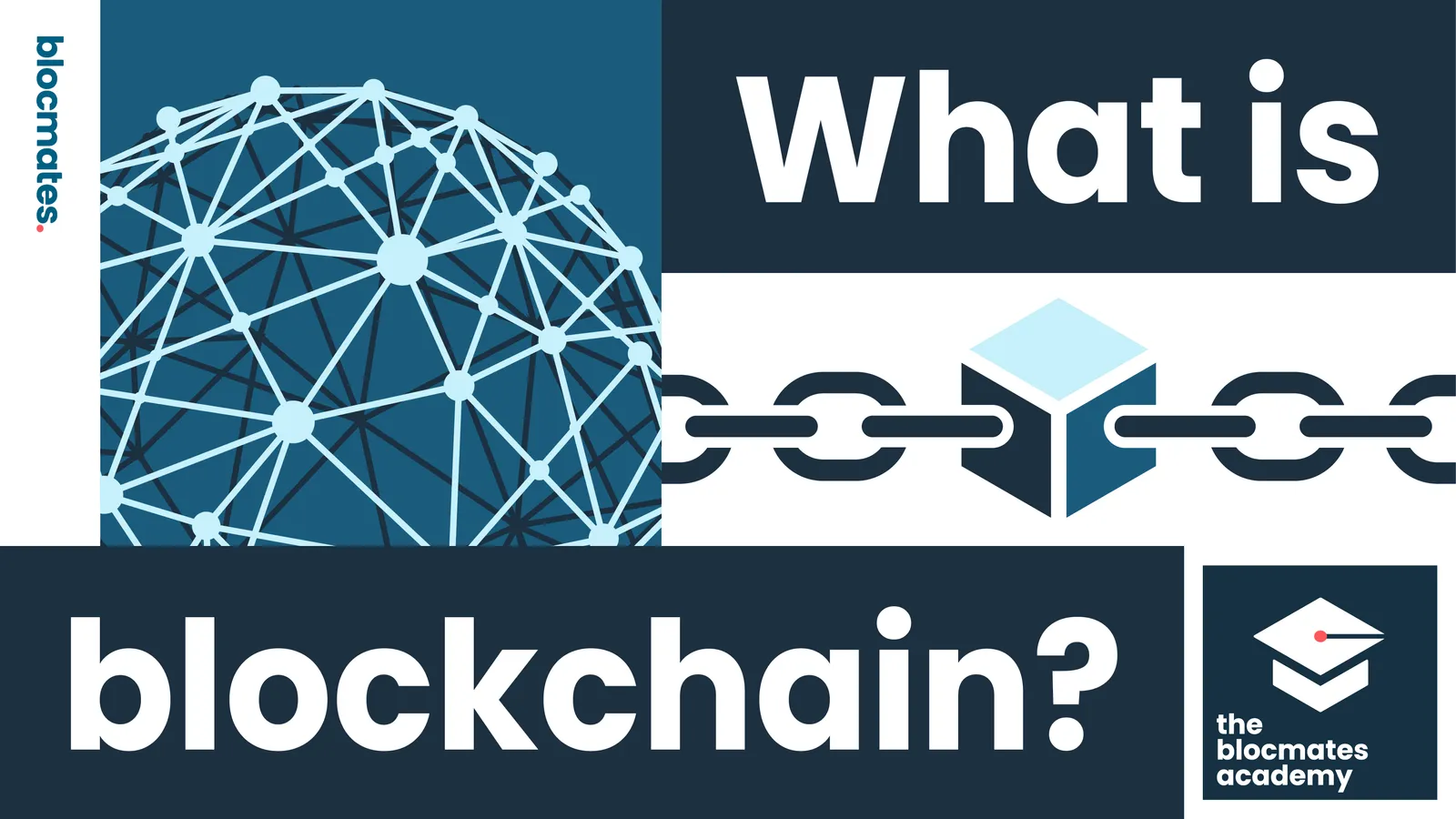



.webp)


























.webp)







.webp)


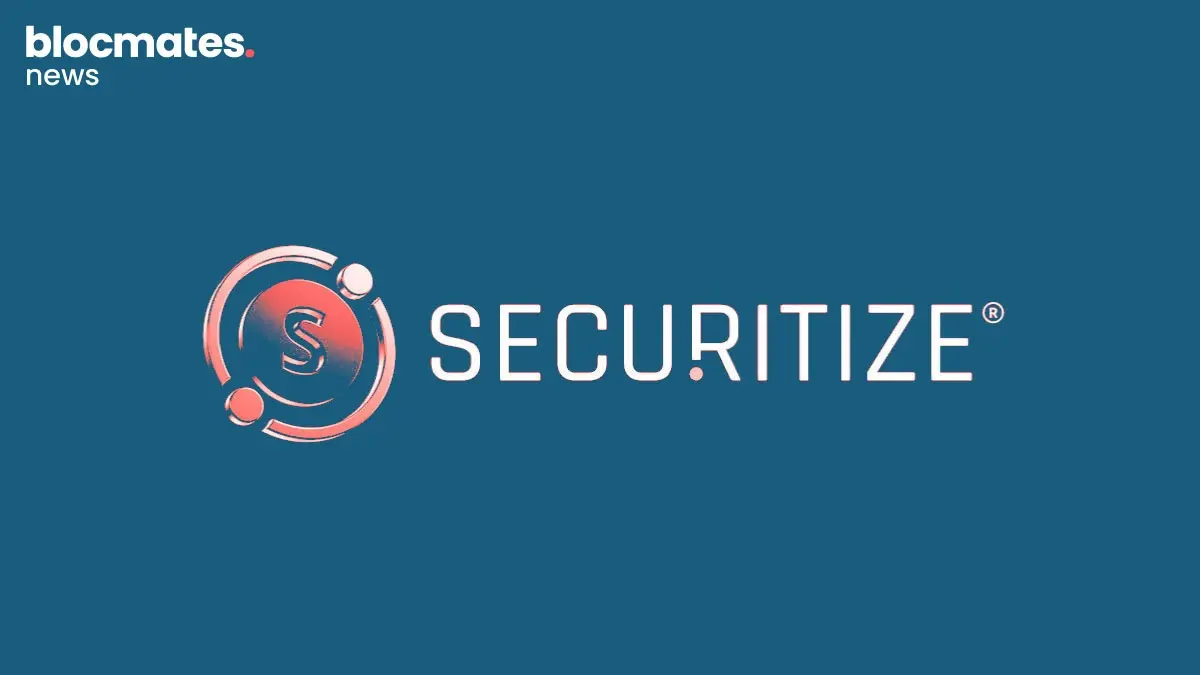

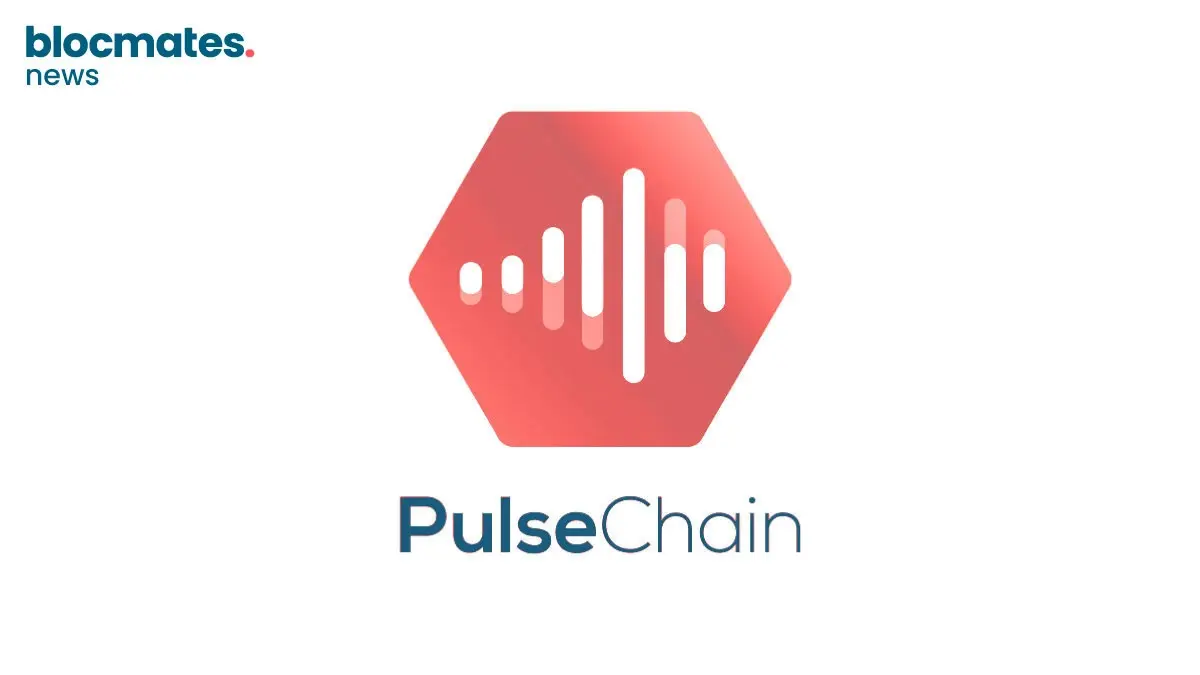
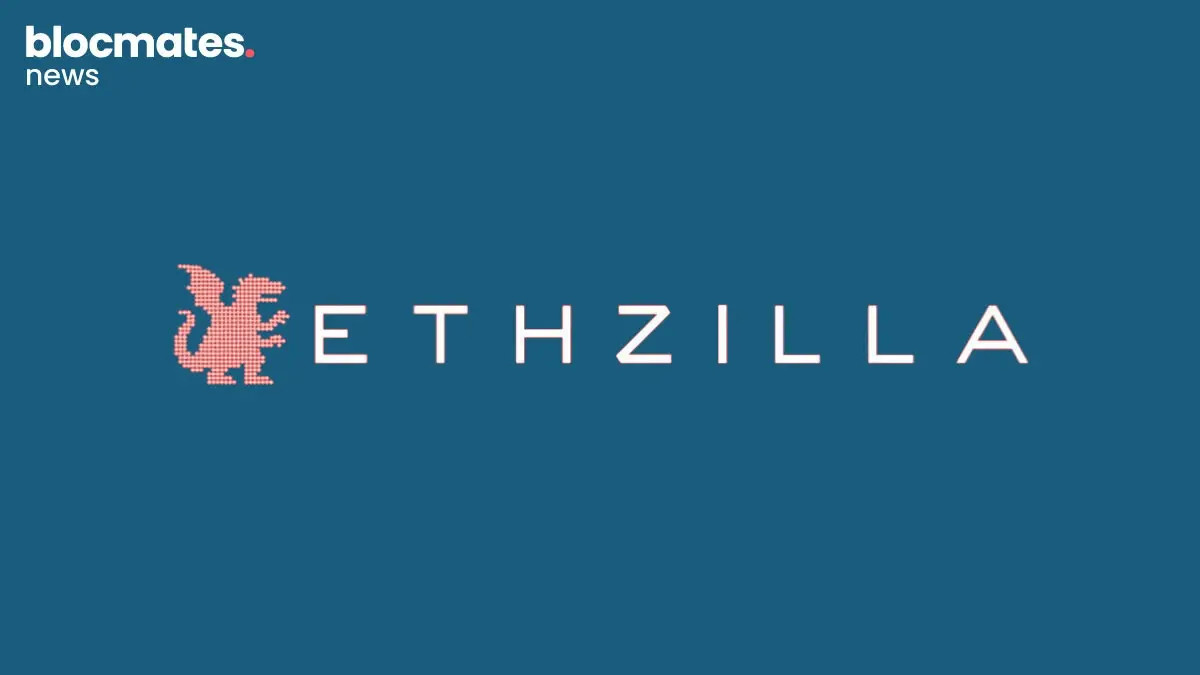
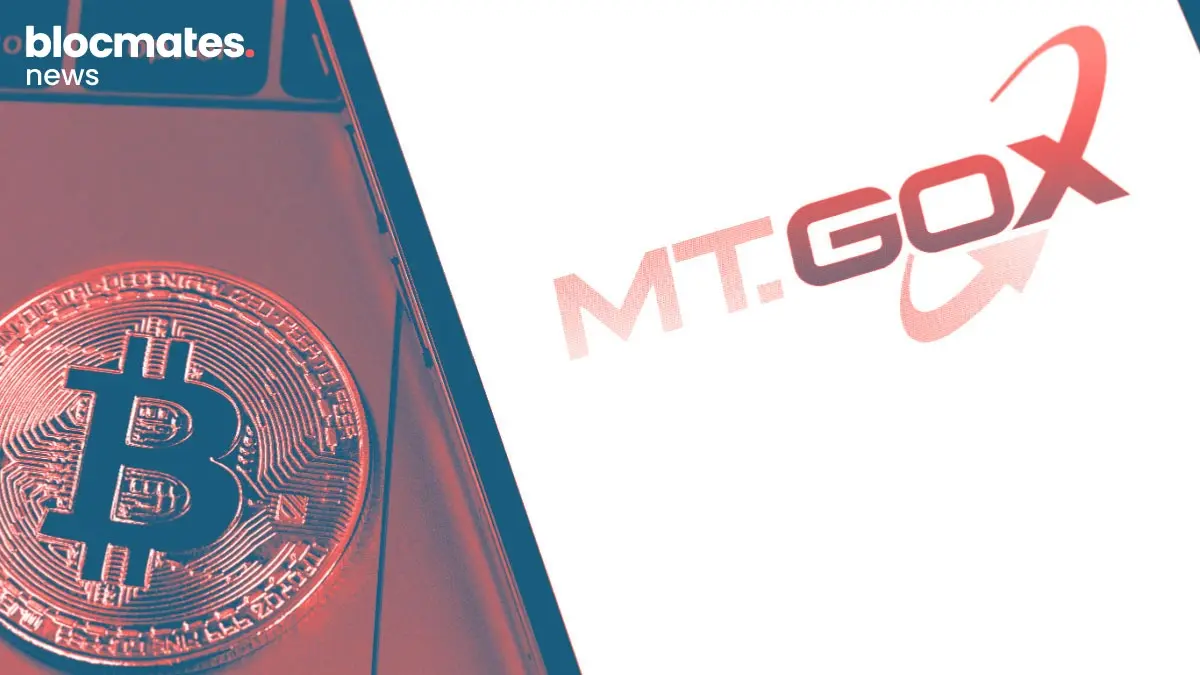




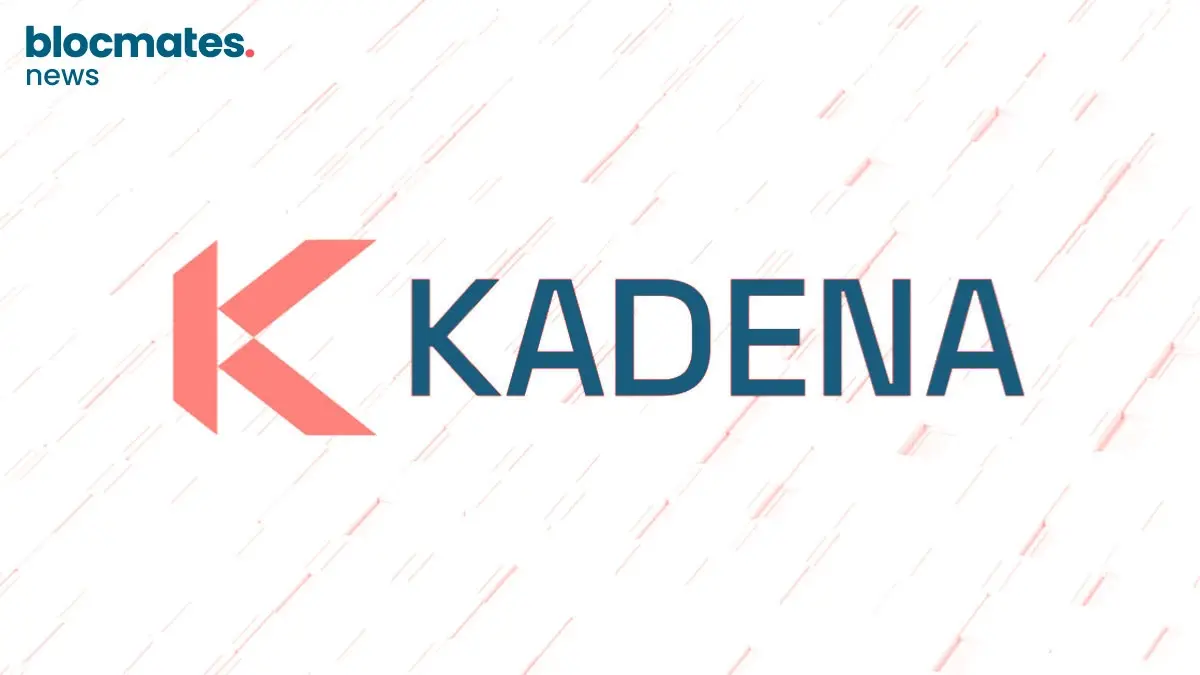


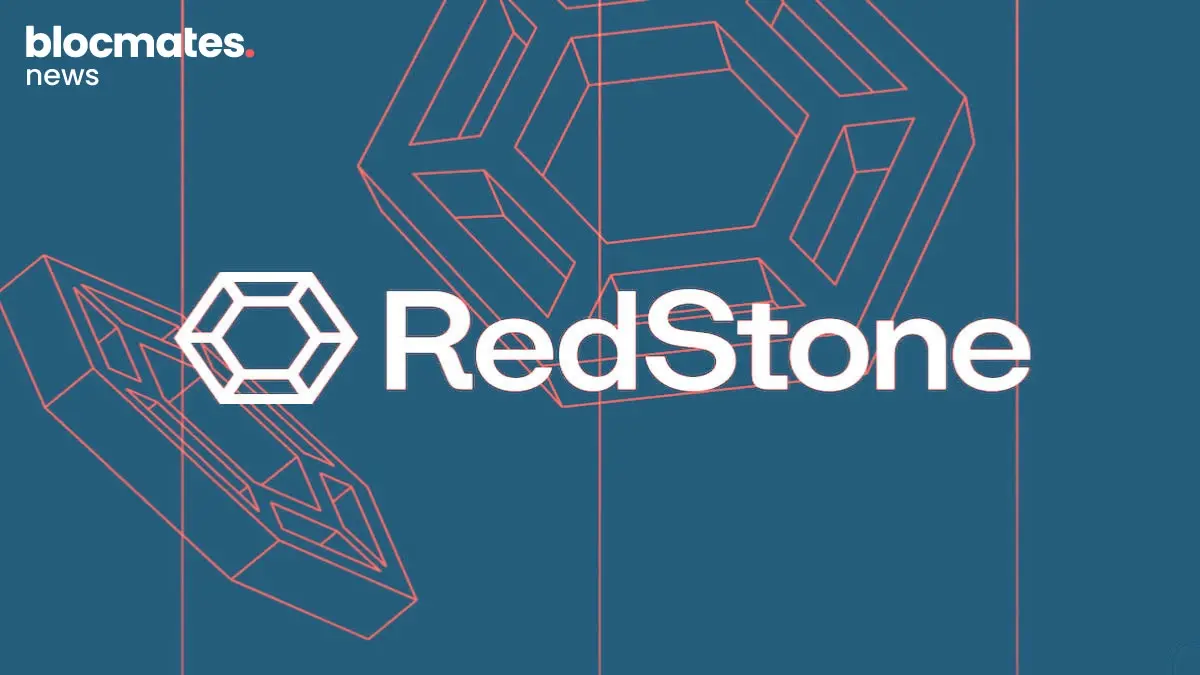
.webp)

.webp)
.webp)

.webp)


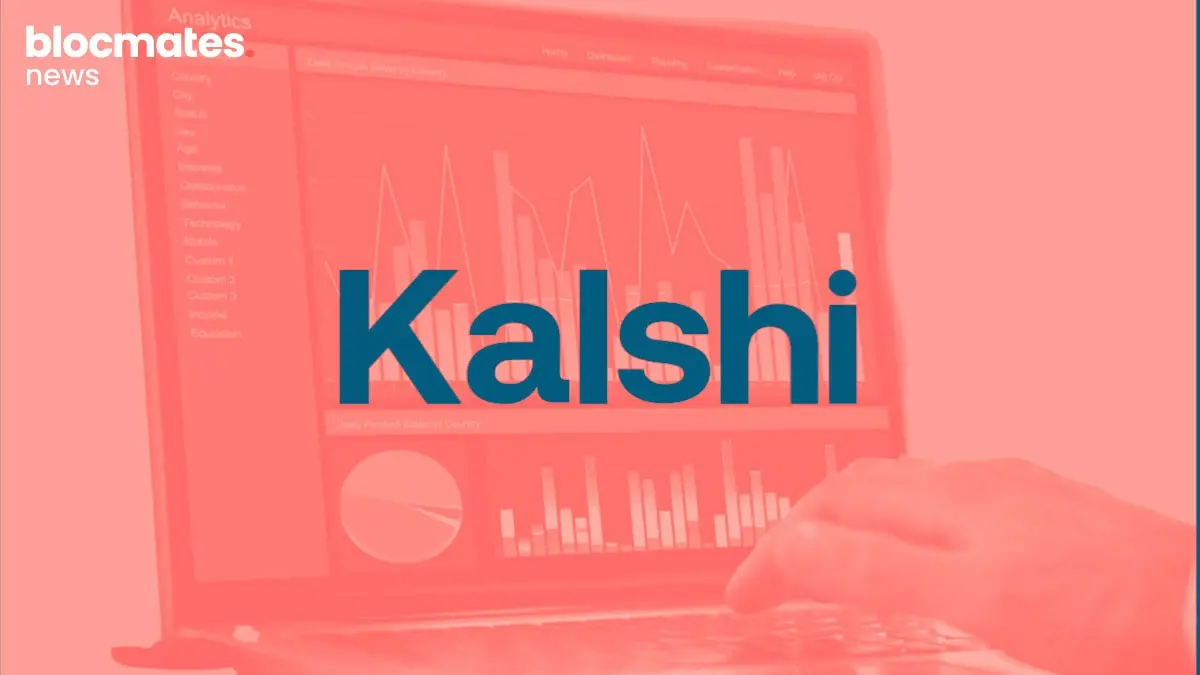





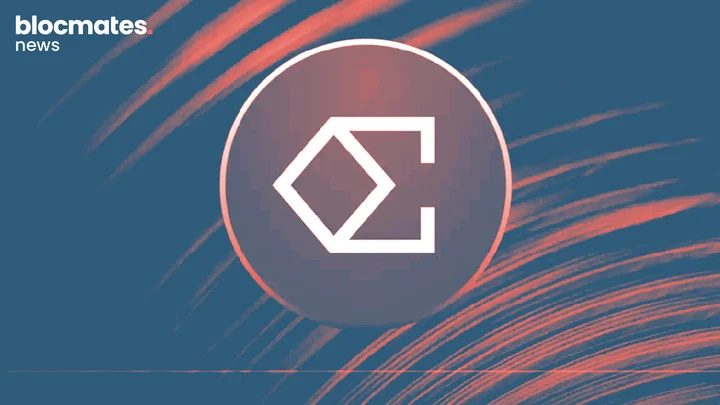


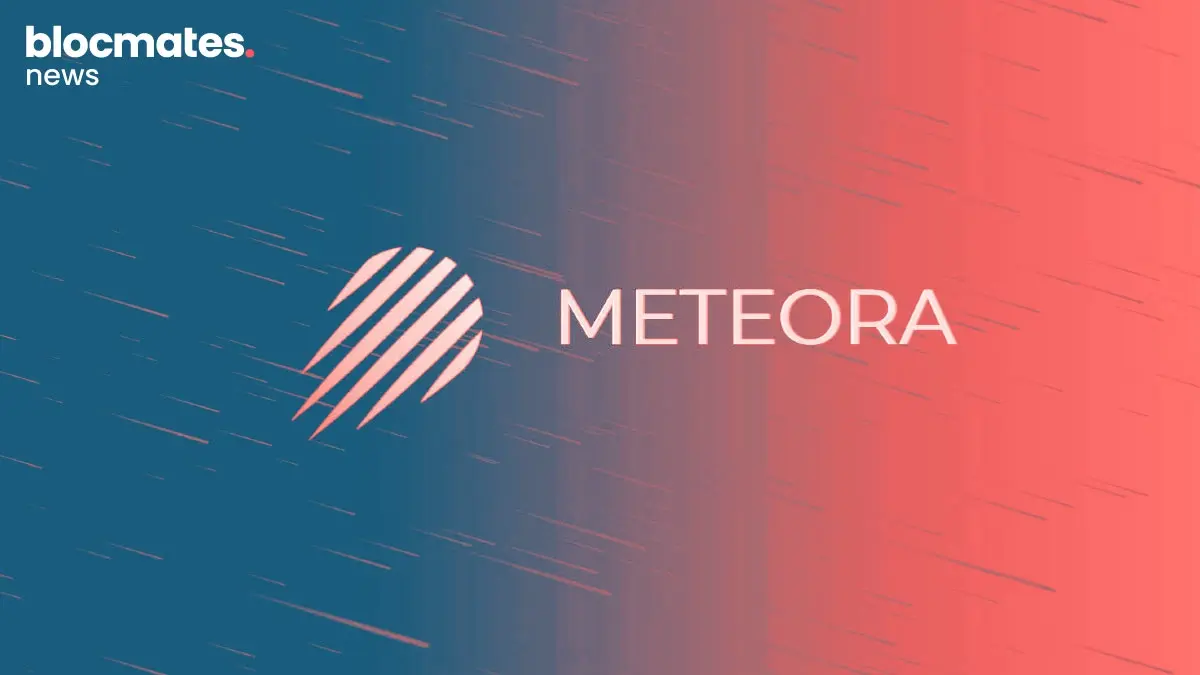


.webp)

.webp)


.webp)



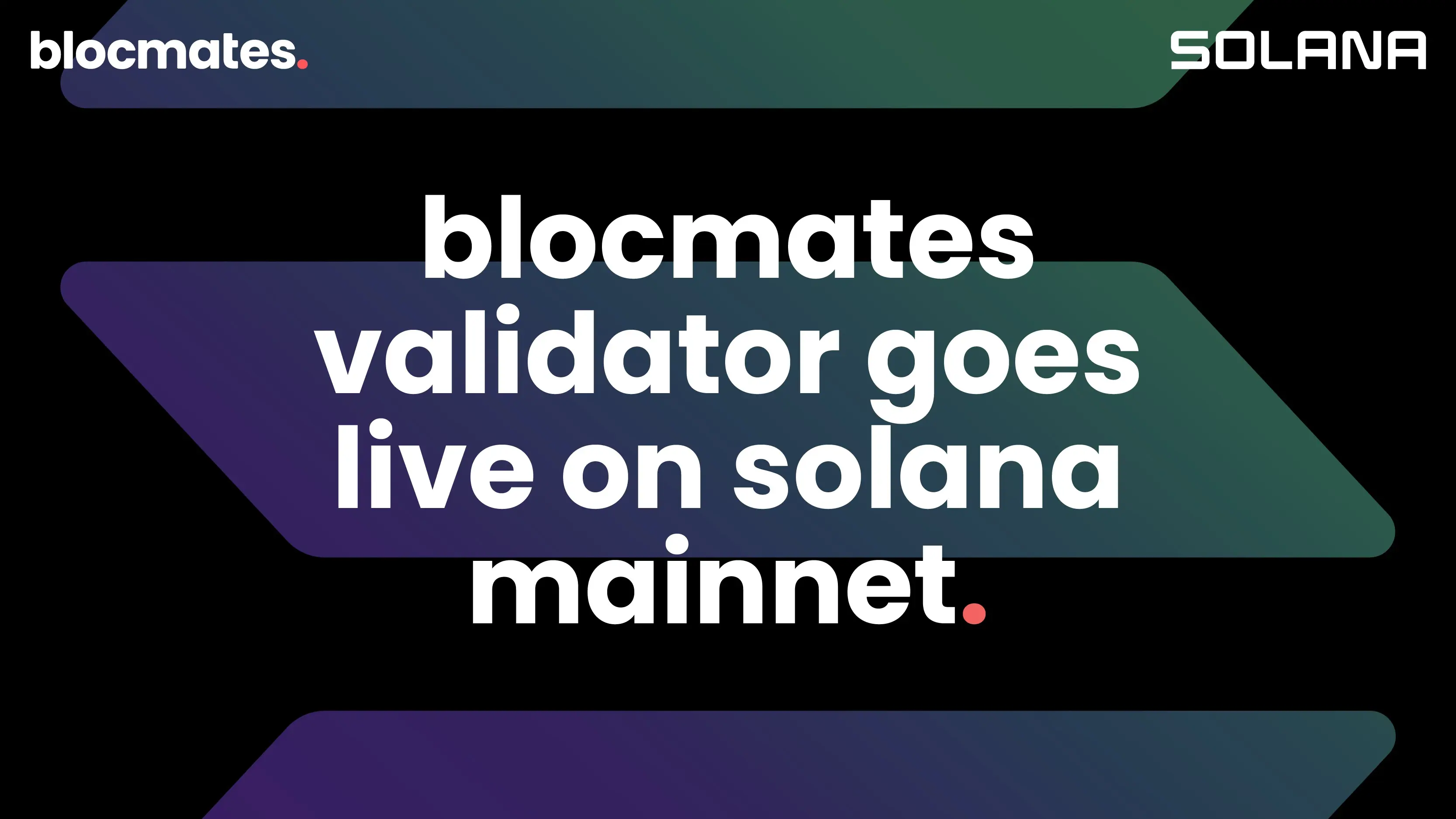
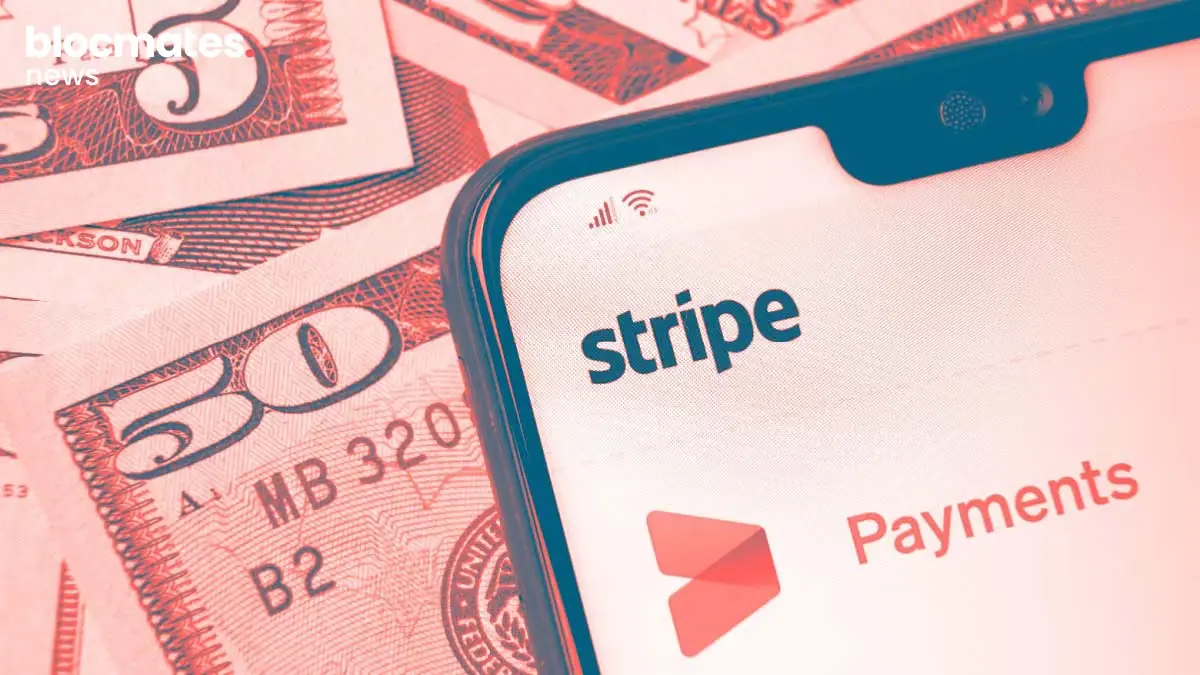



.webp)
